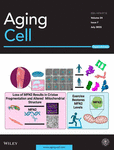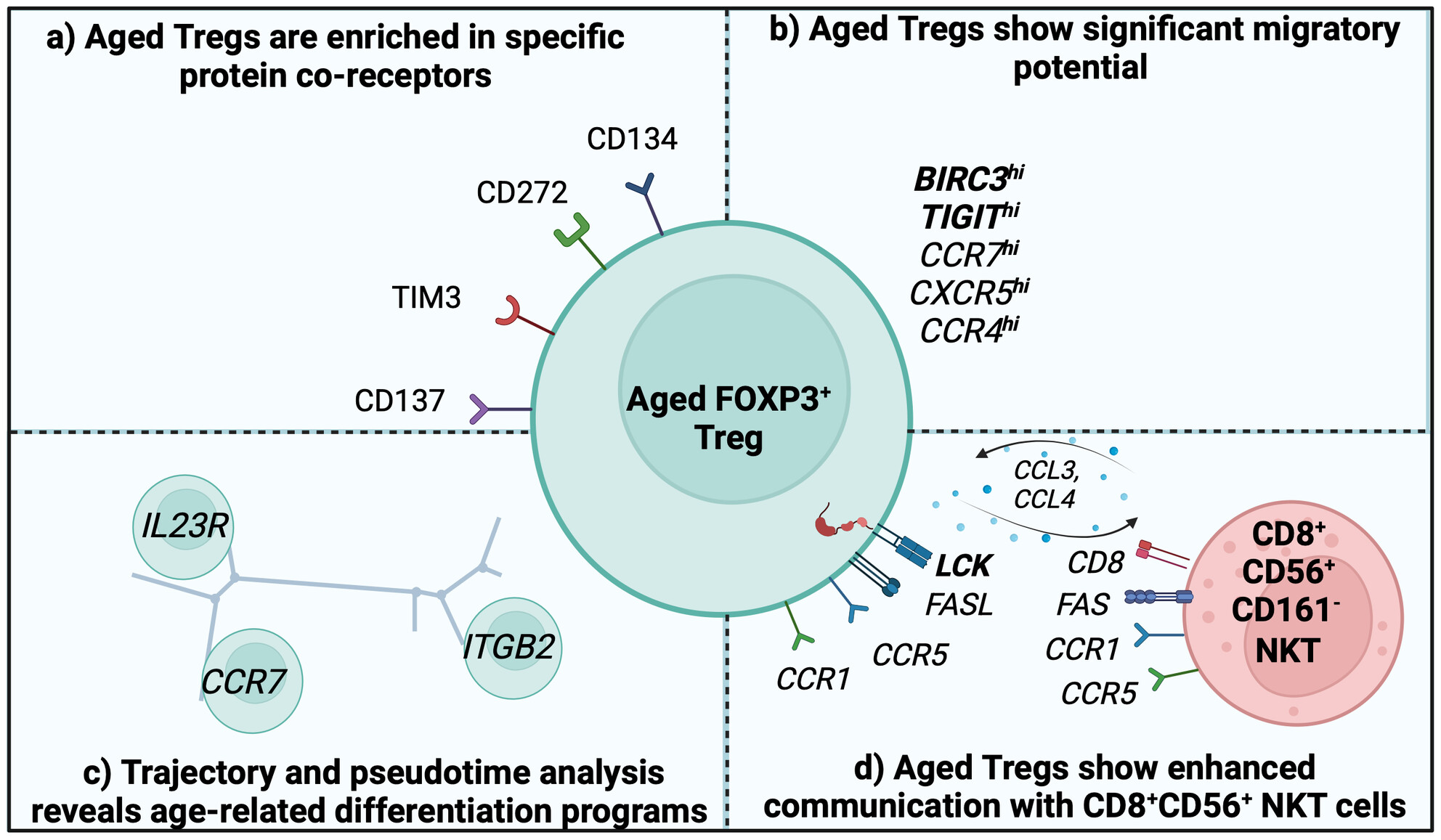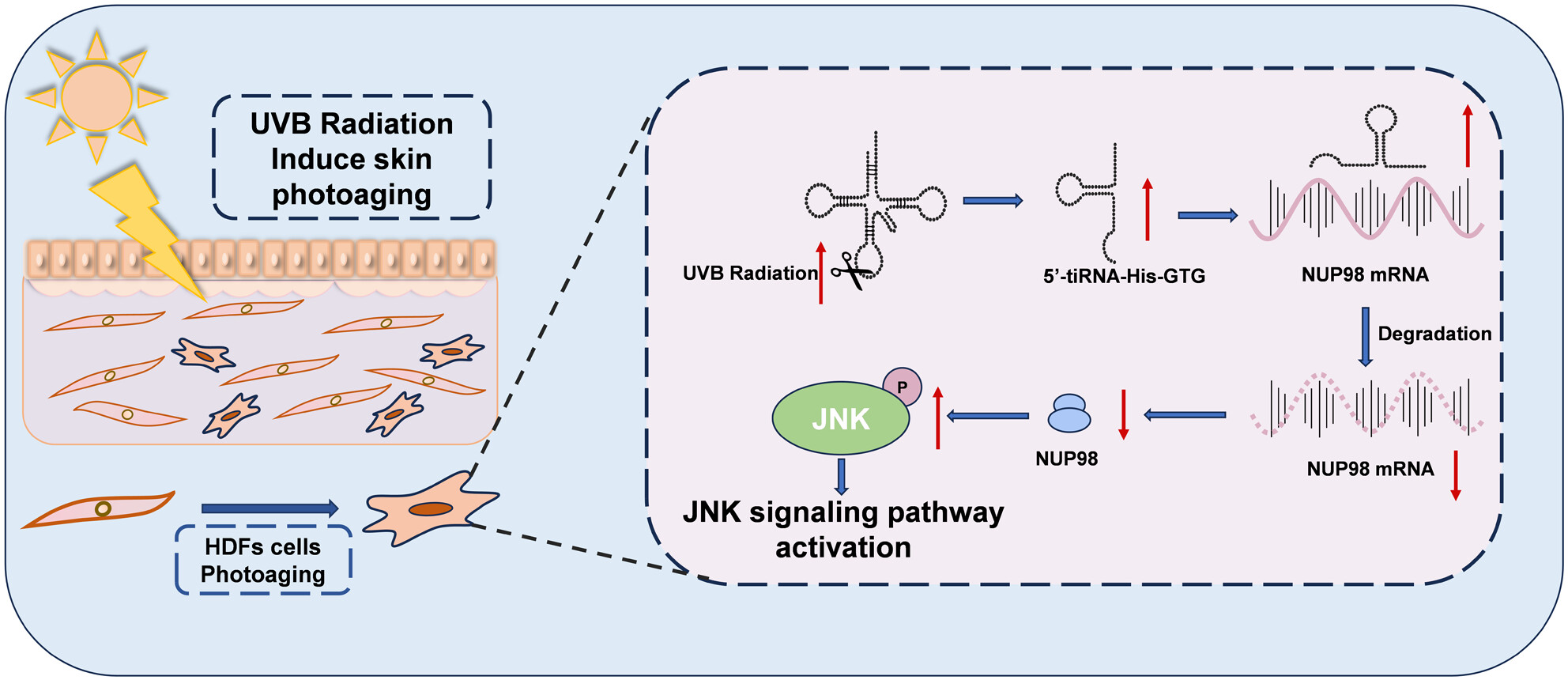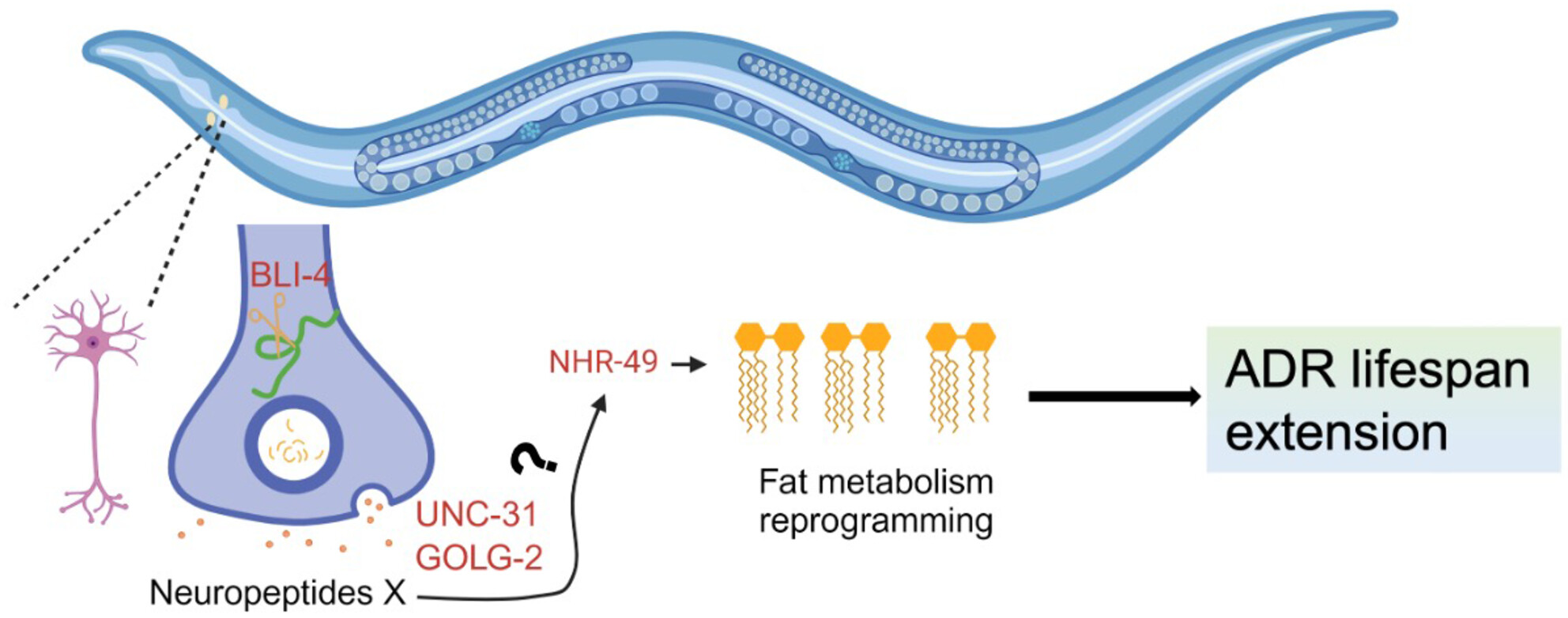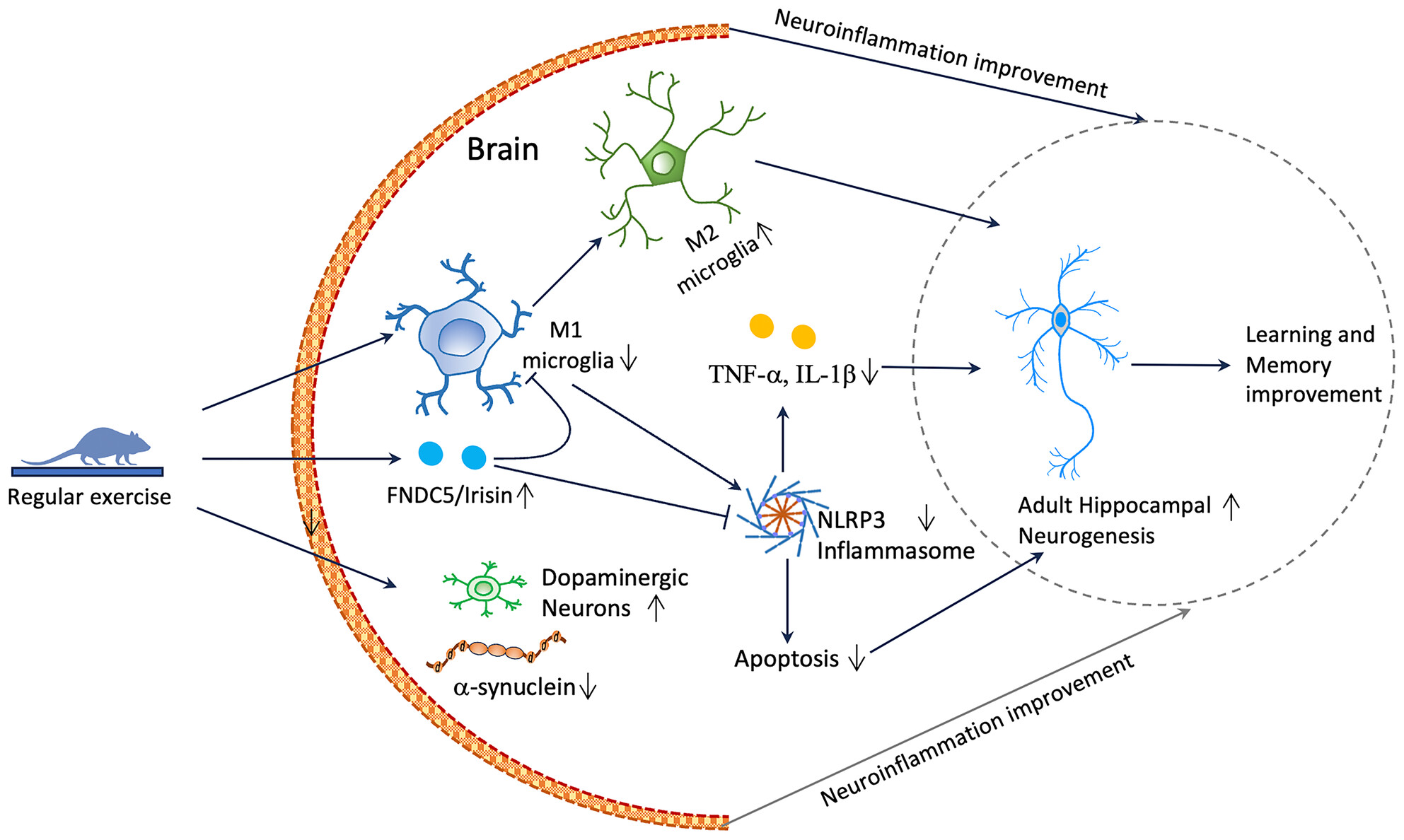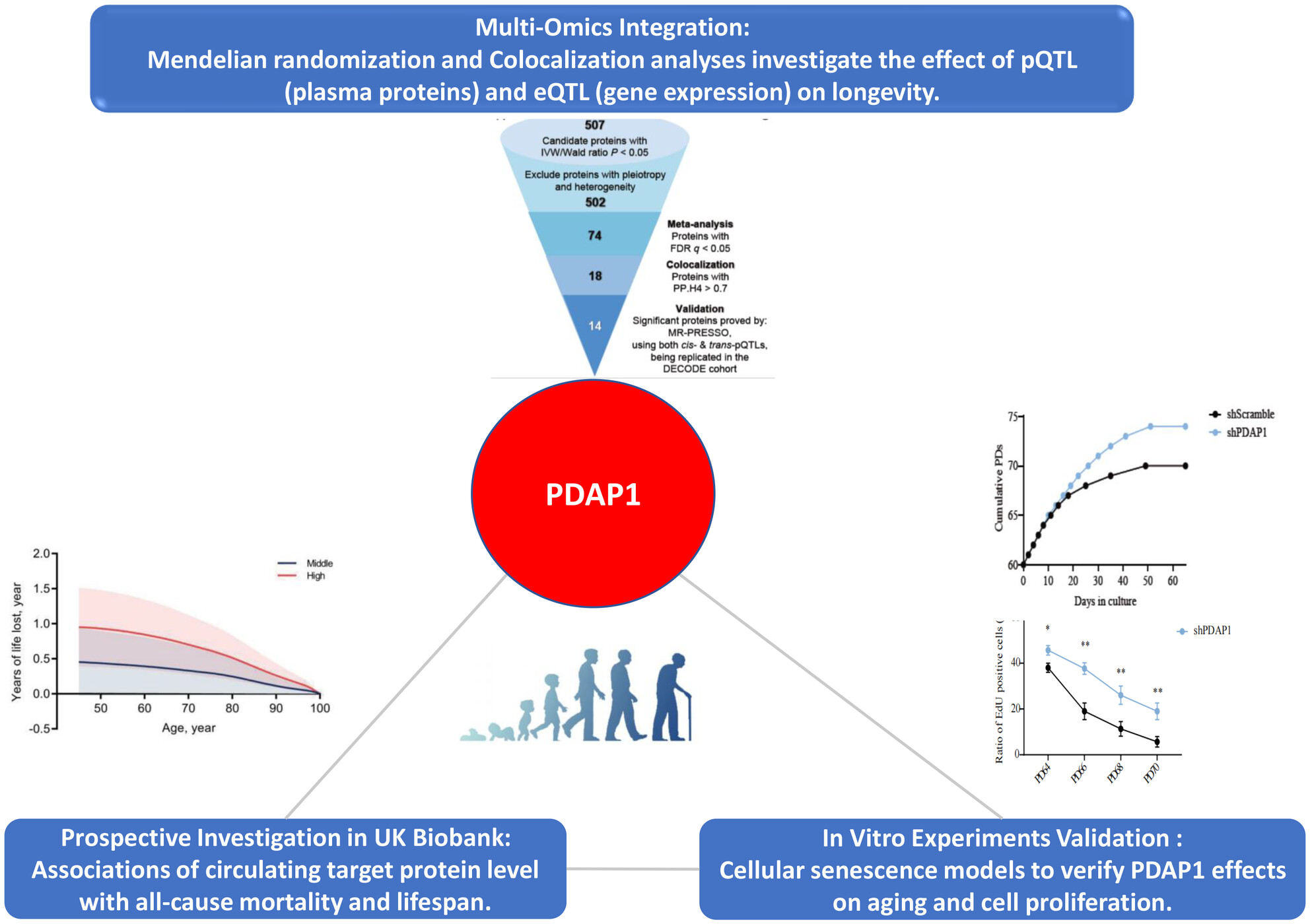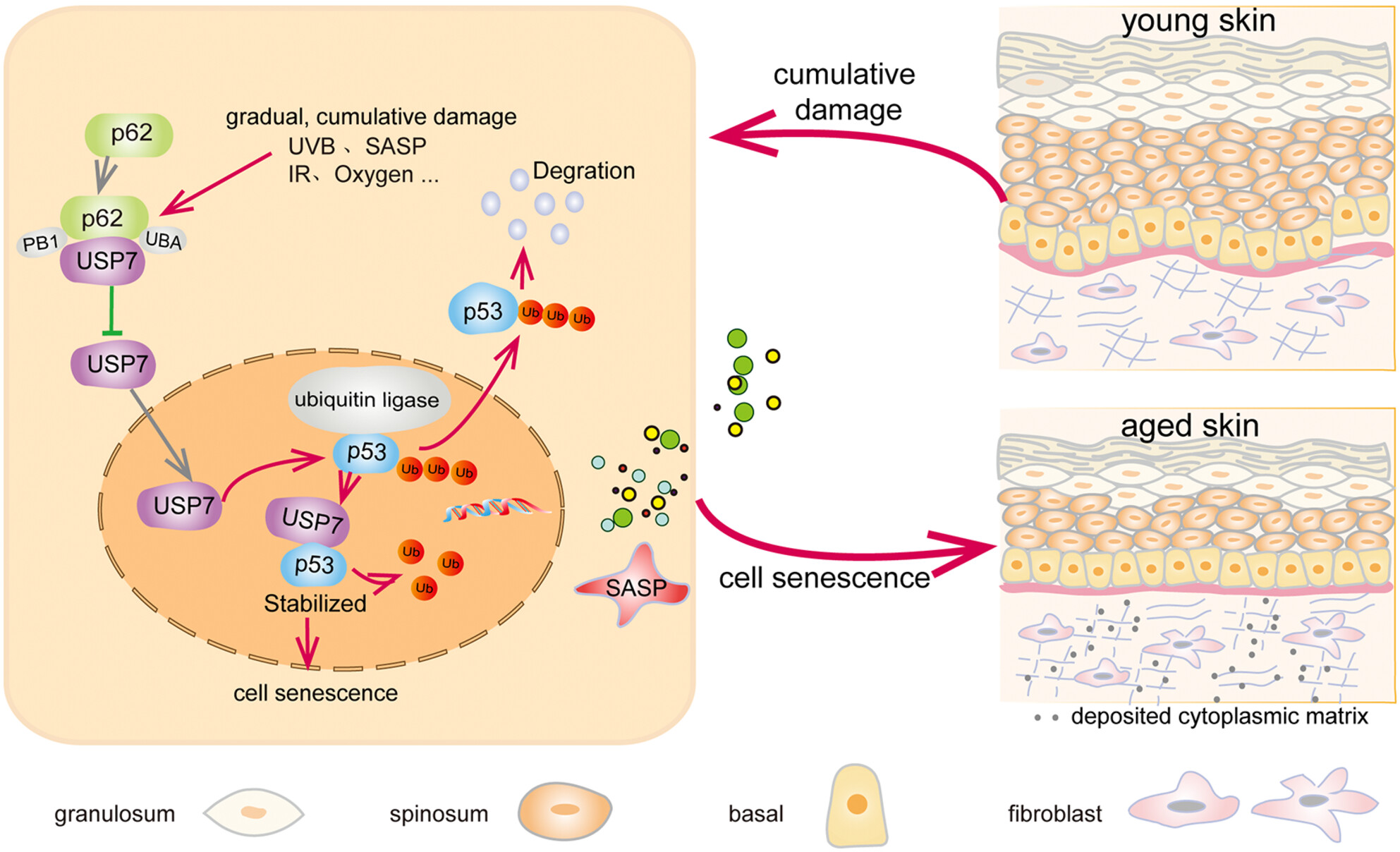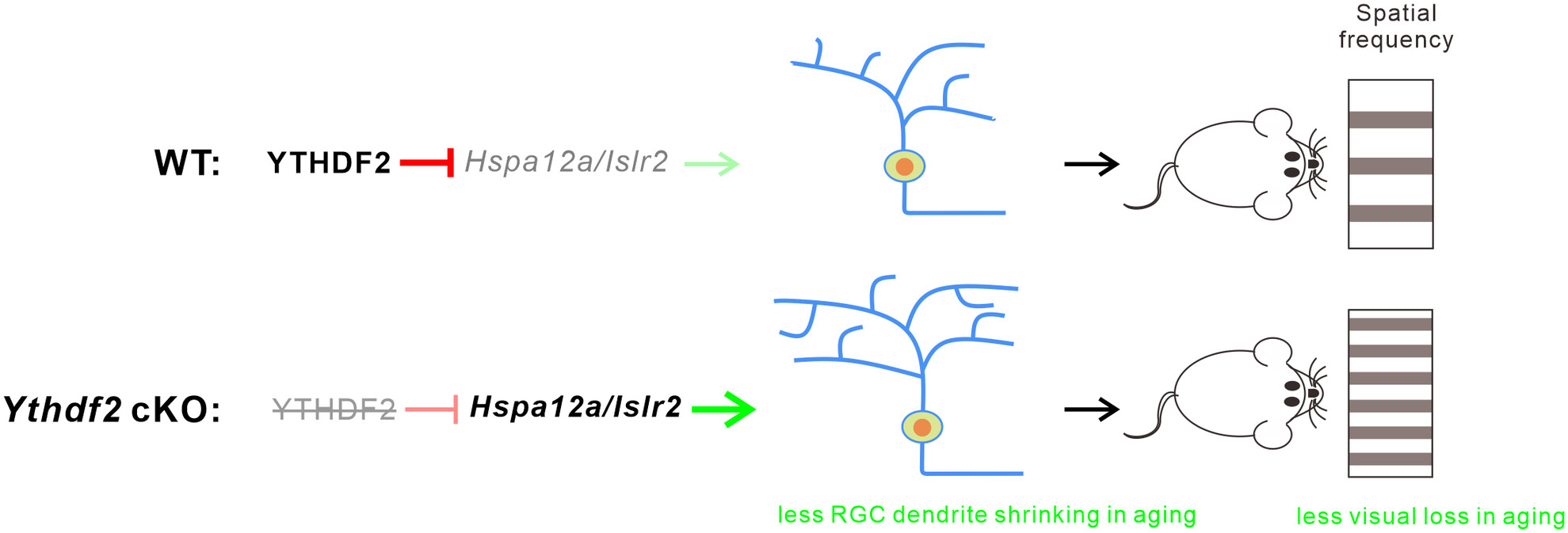Journal list menu
Export Citations
Download PDFs
FEATURED COVER
Featured Cover
- First Published: 16 July 2025

Cover legend: The cover image is based on the article 3D Mitochondrial Structure in Aging Human Skeletal Muscle: Insights Into MFN-2-Mediated Changes by Estevão Scudese et al., https://doi.org/10.1111/acel.70054
ADDITIONAL COVER
Additional Cover
- First Published: 16 July 2025
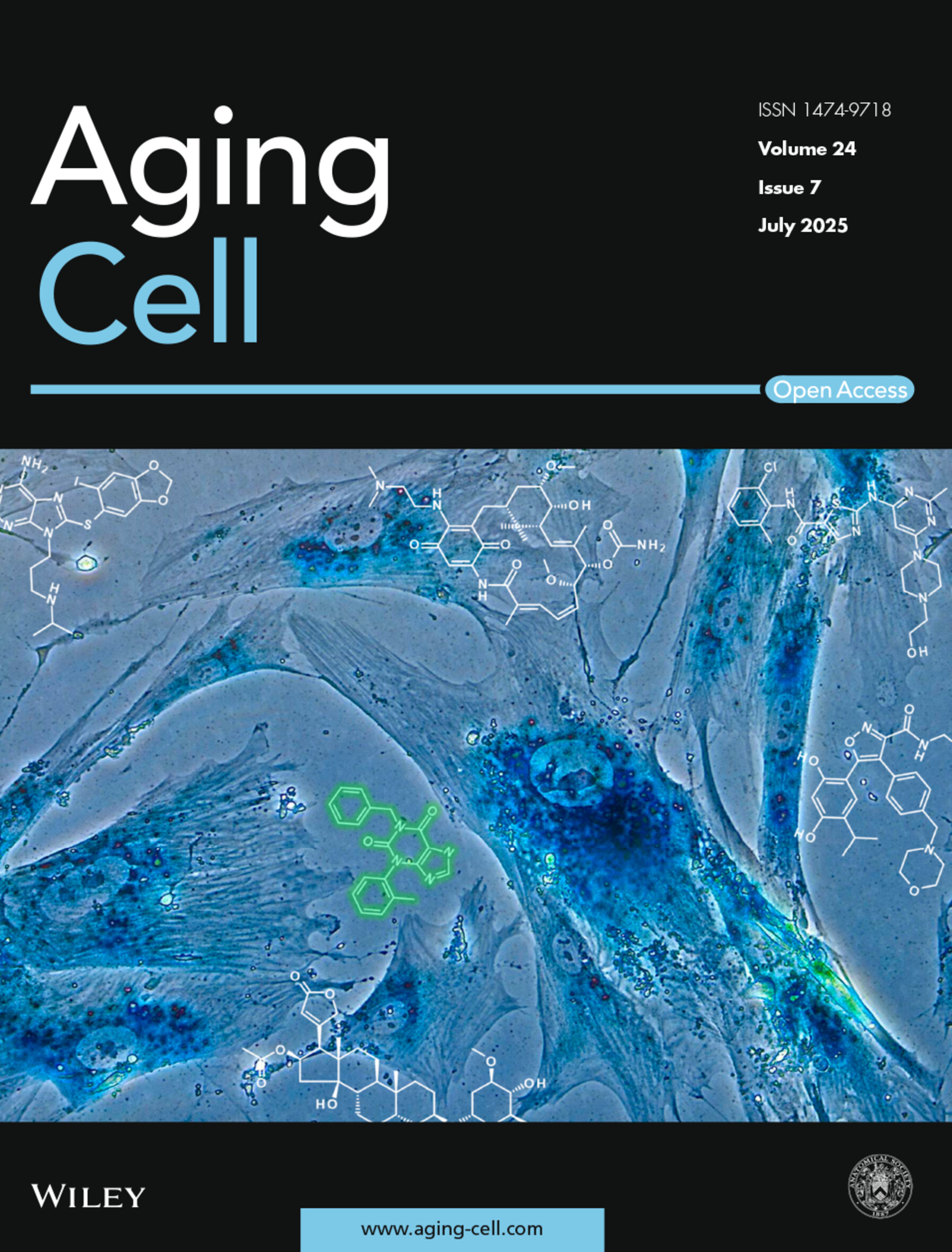
Cover legend: The cover image is based on the article A Xanthine Derivative With Novel Heat Shock Protein 90-Alpha Inhibitory and Senolytic Properties by Sandra Atlante et al., https://doi.org/10.1111/acel.70047.
Additional Cover
- First Published: 16 July 2025
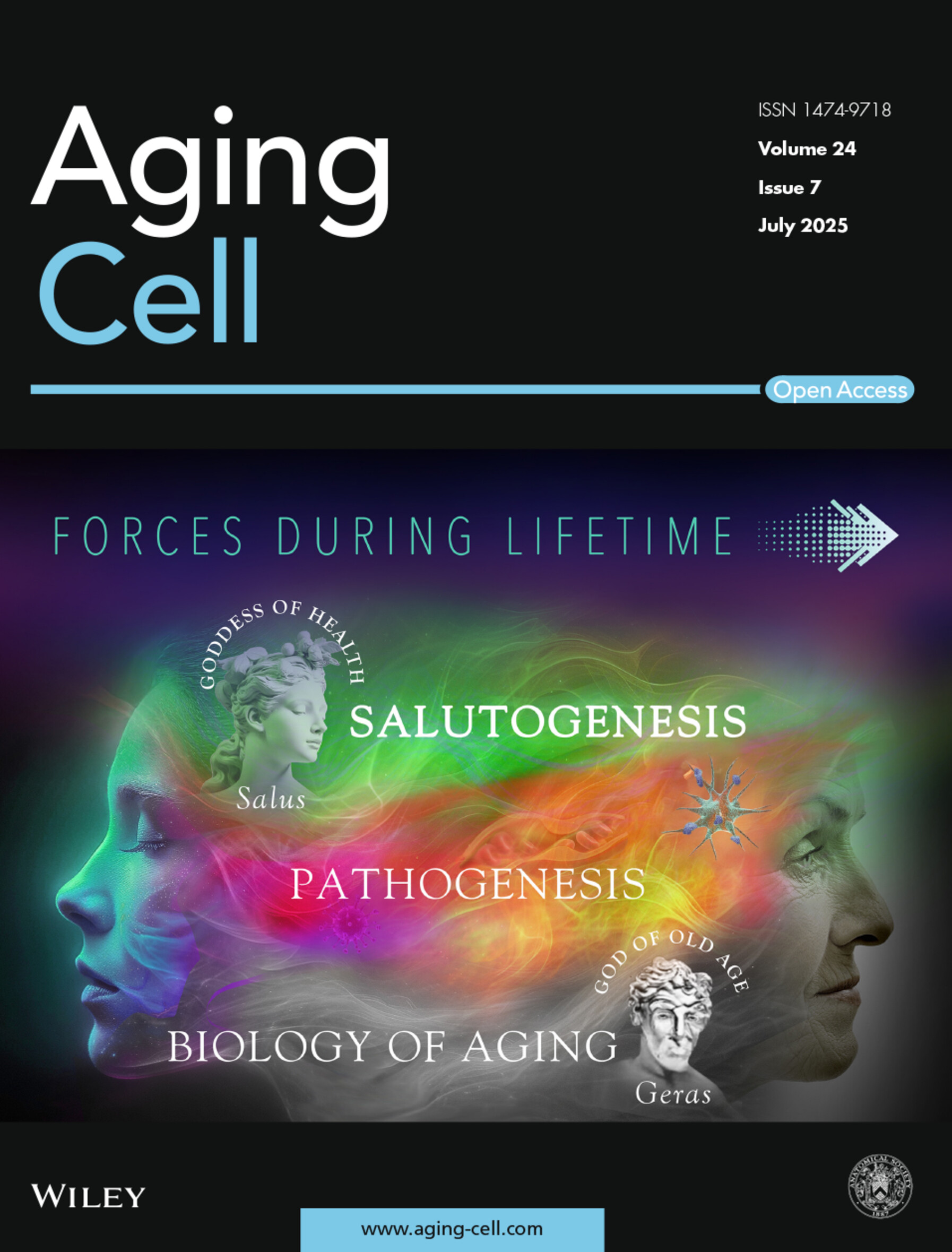
Cover legend: The cover image is based on the article The 15-Year Survival Advantage: Immune Resilience as a Salutogenic Force in Healthy Aging by Muthu Saravanan Manoharan et al., https://doi.org/10.1111/acel.70063.
Additional Cover
- First Published: 16 July 2025
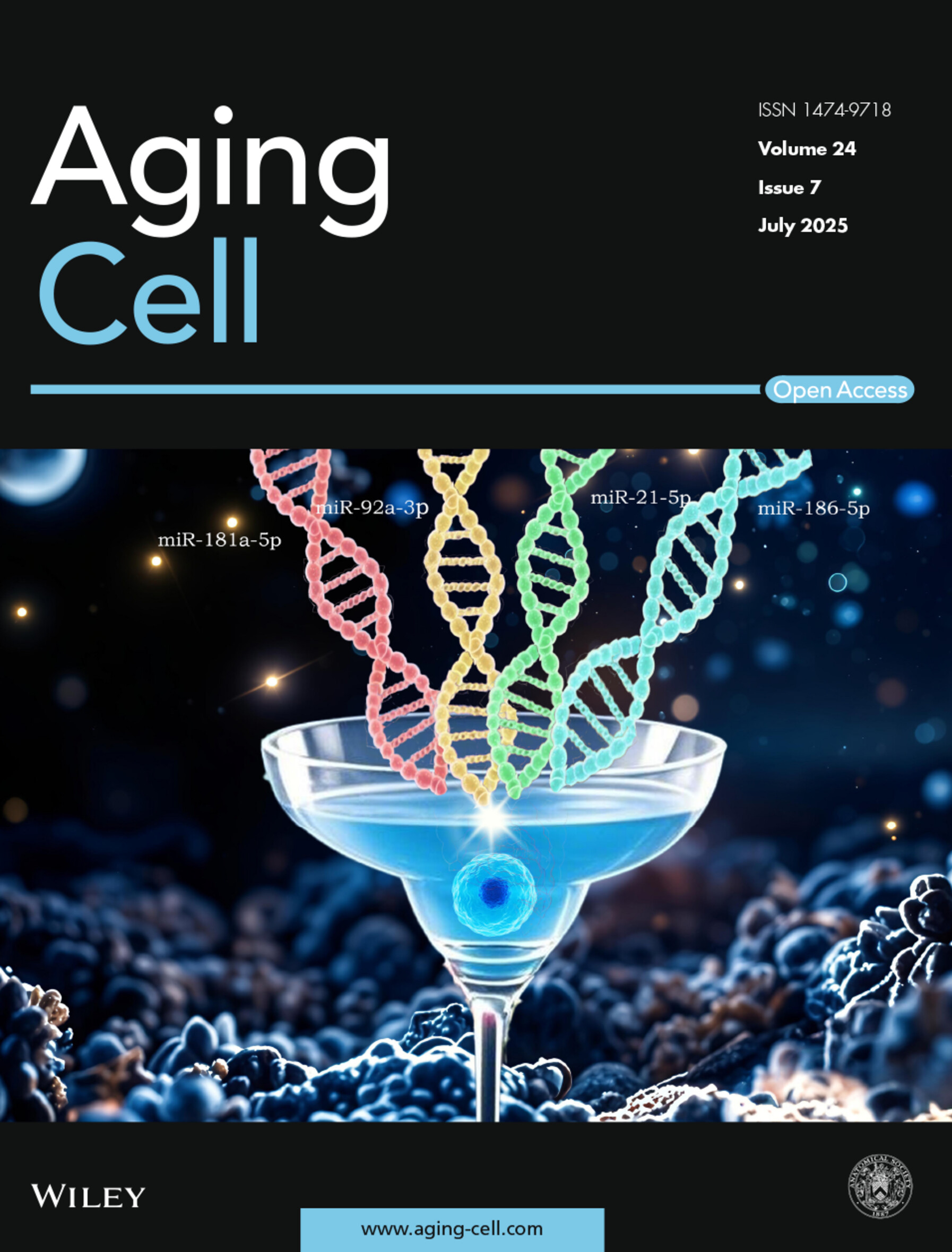
Cover legend: The cover image is based on the article Identification of Senomorphic miRNAs in Embryonic Progenitor and Adult Stem Cell-Derived Extracellular Vesicles by Tianpeng Zhang et al., https://doi.org/10.1111/acel.70071.
ISSUE INFORMATION
REVIEW ARTICLE
Insights Into Cockayne Syndrome Type B: What Underlies Its Pathogenesis?
- First Published: 19 June 2025
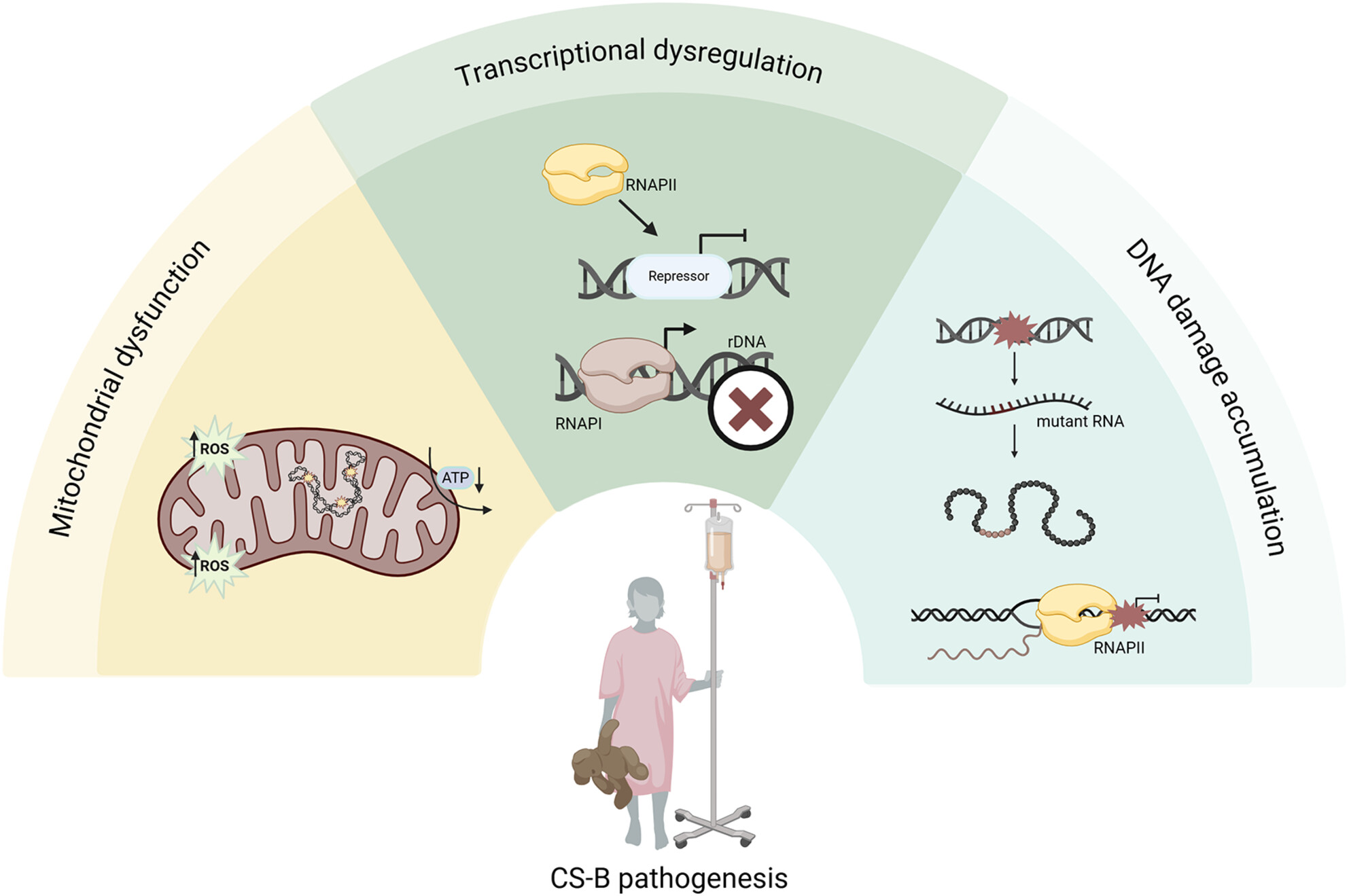
Cockayne Syndrome complementation group B (CS-B) is a highly debilitating progeroid syndrome that often culminates in the death of patients before adulthood. This review explores the pathogenesis of CS-B and proposes that a combination of DNA damage accumulation, transcriptional dysregulation, and mitochondrial dysfunction is its underlying cause.
RESEARCH ARTICLE
Deciphering Novel Communication Patterns in T Regulatory Cells From Very Old Adults
- First Published: 18 March 2025
A Xanthine Derivative With Novel Heat Shock Protein 90-Alpha Inhibitory and Senolytic Properties
- First Published: 17 March 2025
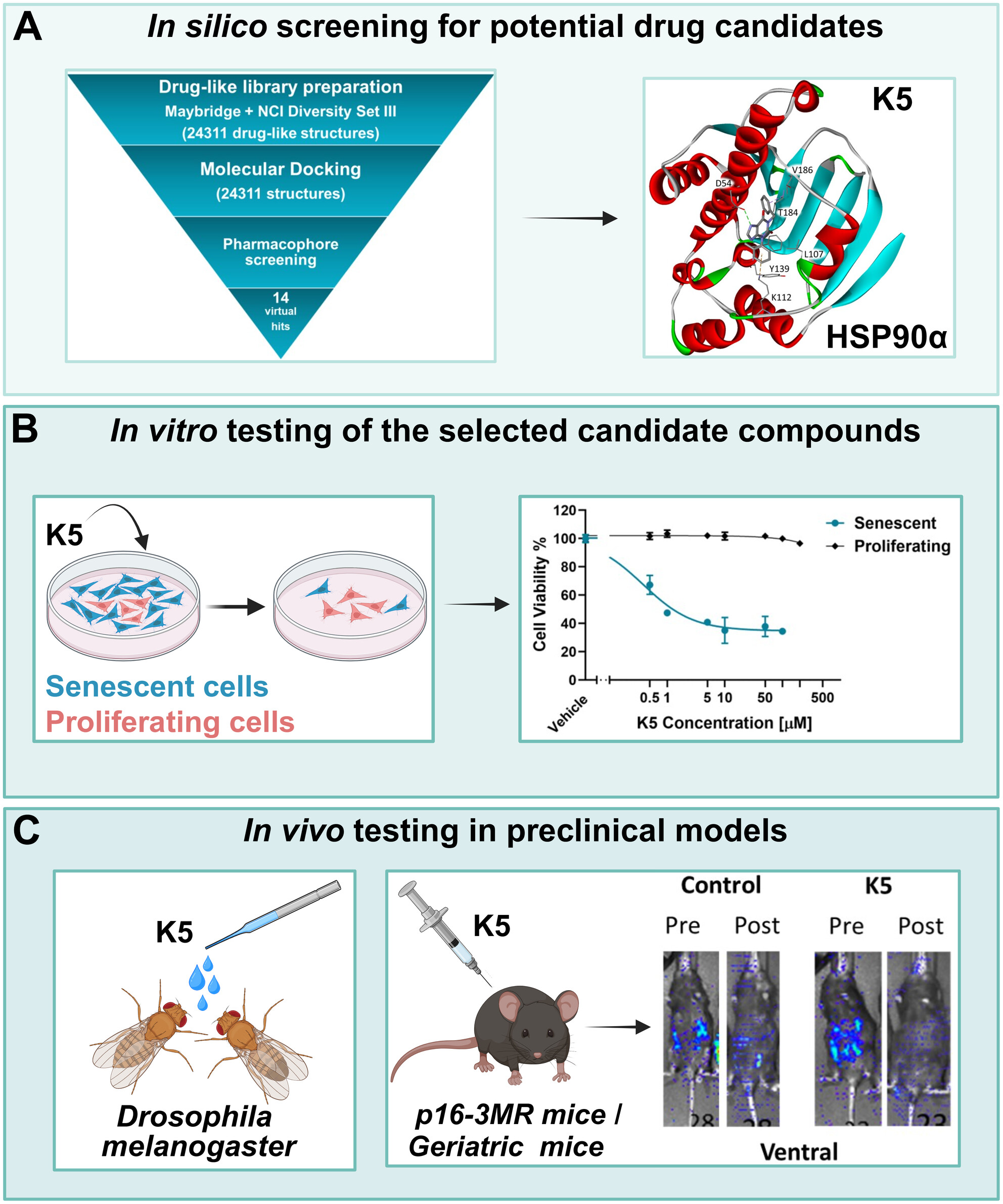
This study aimed to find safe senolytic drugs that selectively eliminate senescent cells. Focusing on HSP90 inhibitors, we employed a virtual screening to identify novel, safer compounds (A). K5, a xanthinic candidate, effectively eliminated senescent cells in various cellular models (B), extended lifespan in flies, and reduced aging signs in mice (C). K5's safety profile and multimodal action highlight its therapeutic potential for combating aging and age-related diseases. Created in BioRender. Spadotto, V. (2025) https://BioRender.com/u88m942.
Senescent Endothelial Cells in Cerebral Microcirculation Are Key Drivers of Age-Related Blood–Brain Barrier Disruption, Microvascular Rarefaction, and Neurovascular Coupling Impairment in Mice
- First Published: 01 April 2025
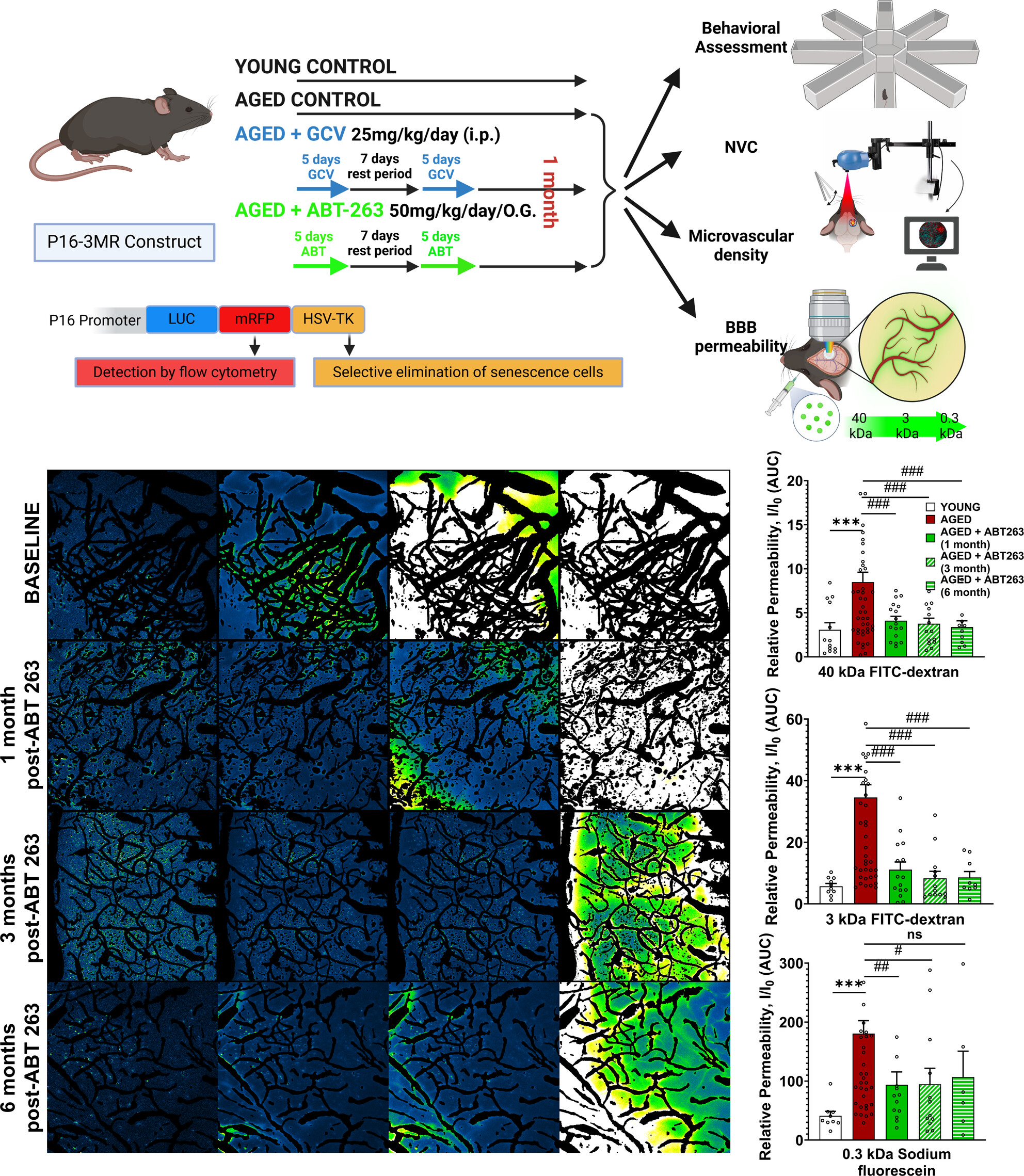
Senolytic therapy restores neurovascular function, blood–brain barrier integrity, and cognitive performance in aged mice by targeting endothelial senescence. Findings highlight that brain microvascular endothelial cells are highly vulnerable to aging-induced senescence, and early intervention in middle age may be the most effective strategy to prevent neurovascular dysfunction and cognitive decline.
Mechanistic Insights Into 5′-tiRNA-His-GTG Mediated Activation of the JNK Pathway in Skin Photoaging
- First Published: 17 March 2025
Pyrroloquinoline Quinone Reprograms the Single-Cell Landscape of Immune Aging in Hematopoietic Immune System
- First Published: 07 April 2025
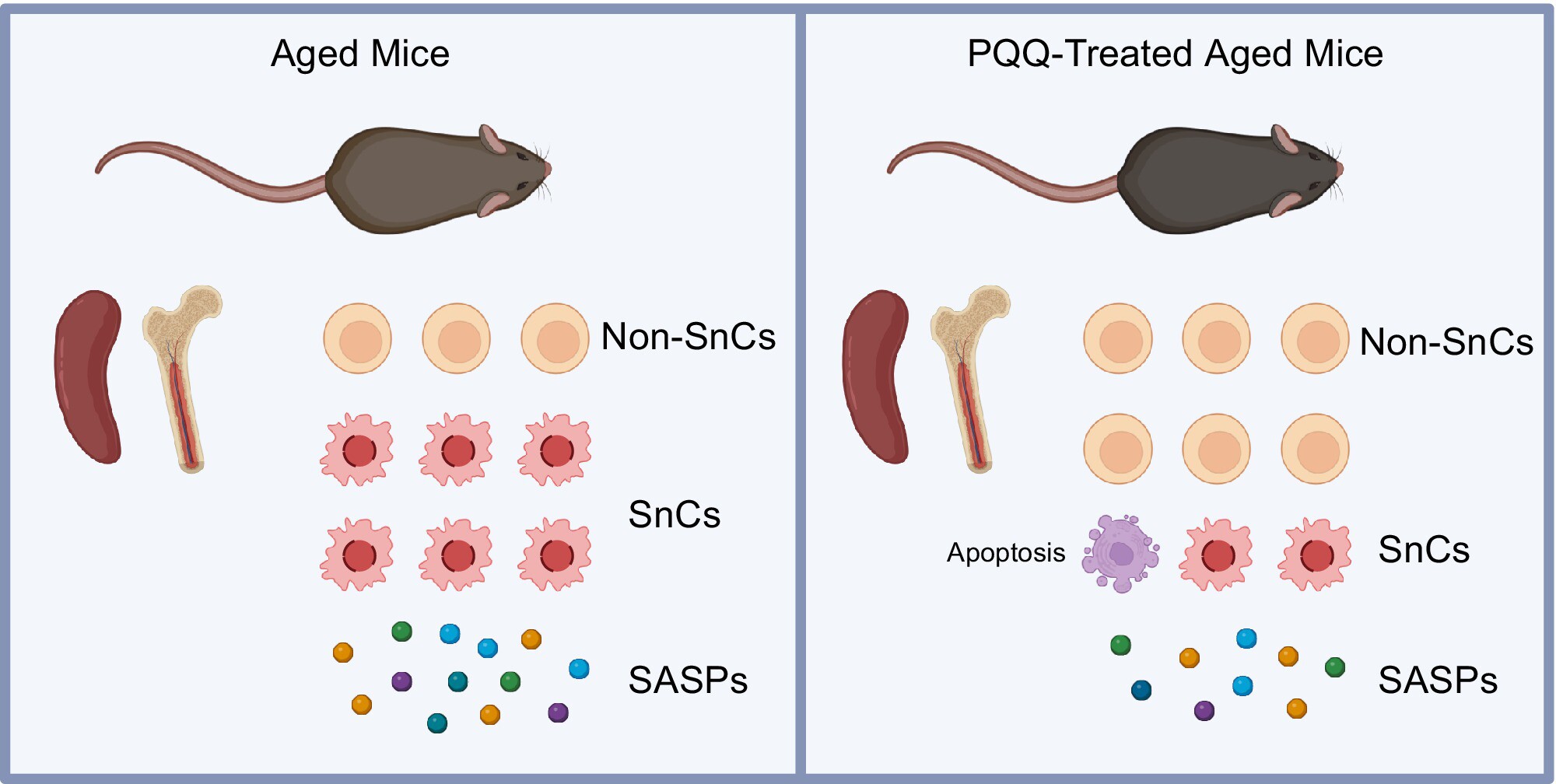
This study demonstrates that aging induces oxidative stress and inflammation in the hematopoietic immune system, resulting in immune homeostasis dysfunction, including alterations in B cells and hematopoietic stem cells, senescent cells (SnCs) accumulation, and senescence-associated secretory phenotypes (SASPs) production. Notably, the study highlights that Pyrroloquinoline Quinone (PQQ), a potent antioxidant, exerts both senolytic and senomorphic effects, effectively reducing oxidative stress and immunosenescence, underscoring its potential for mitigating age-related immune dysfunction.
Aging-Associated Vacuolation of Multi-Ciliated Cells in the Distal Mouse Oviduct Reflects Unique Cell Identity and Luminal Microenvironment
- First Published: 01 May 2025
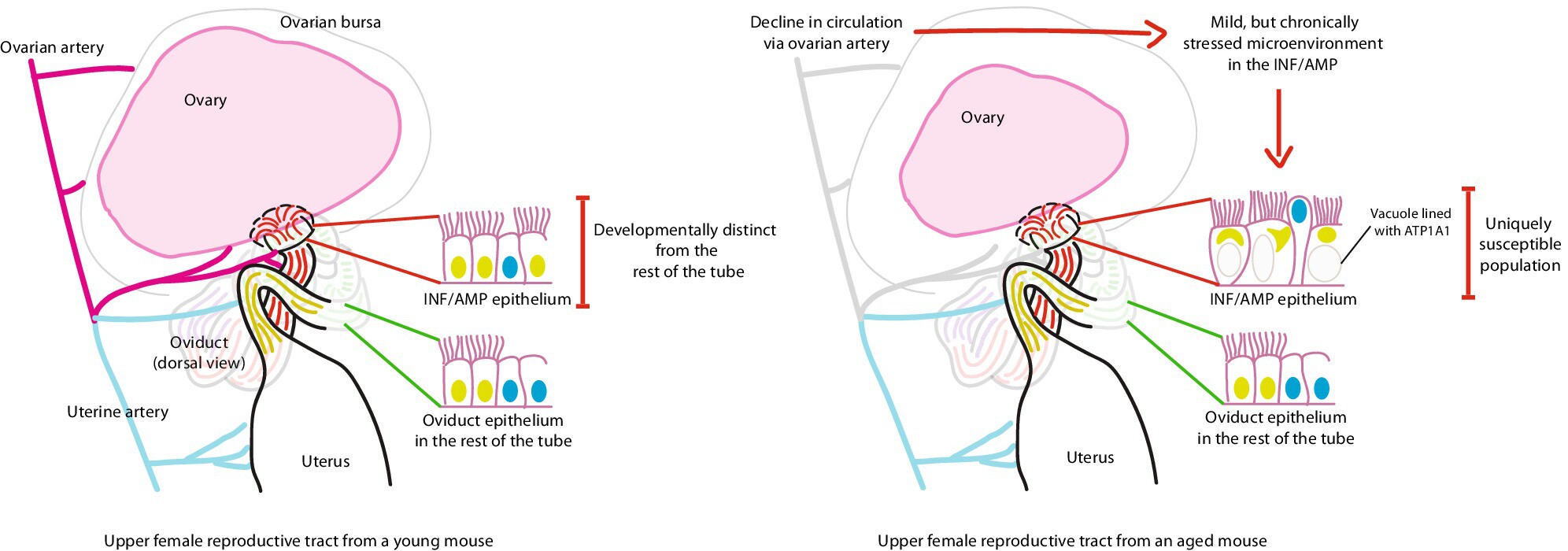
Multi-ciliated cells in the infundibulum and ampulla (INF/AMP) epithelium are vacuolated in aging. Unique cellular susceptibility of the INF/AMP epithelial population and aging-associated decline in ovarian artery circulation, which supports the ovary and INF/AMP, contribute to this region-specific vacuolation phenotype, as a consequence of a mildly stressed microenvironment.
Alternate Day Fasting Enhances Intestinal Epithelial Function During Aging by Regulating Mitochondrial Metabolism
- First Published: 01 April 2025
Targeting IGF1-Induced Cellular Senescence to Rejuvenate Hair Follicle Aging
- First Published: 30 March 2025
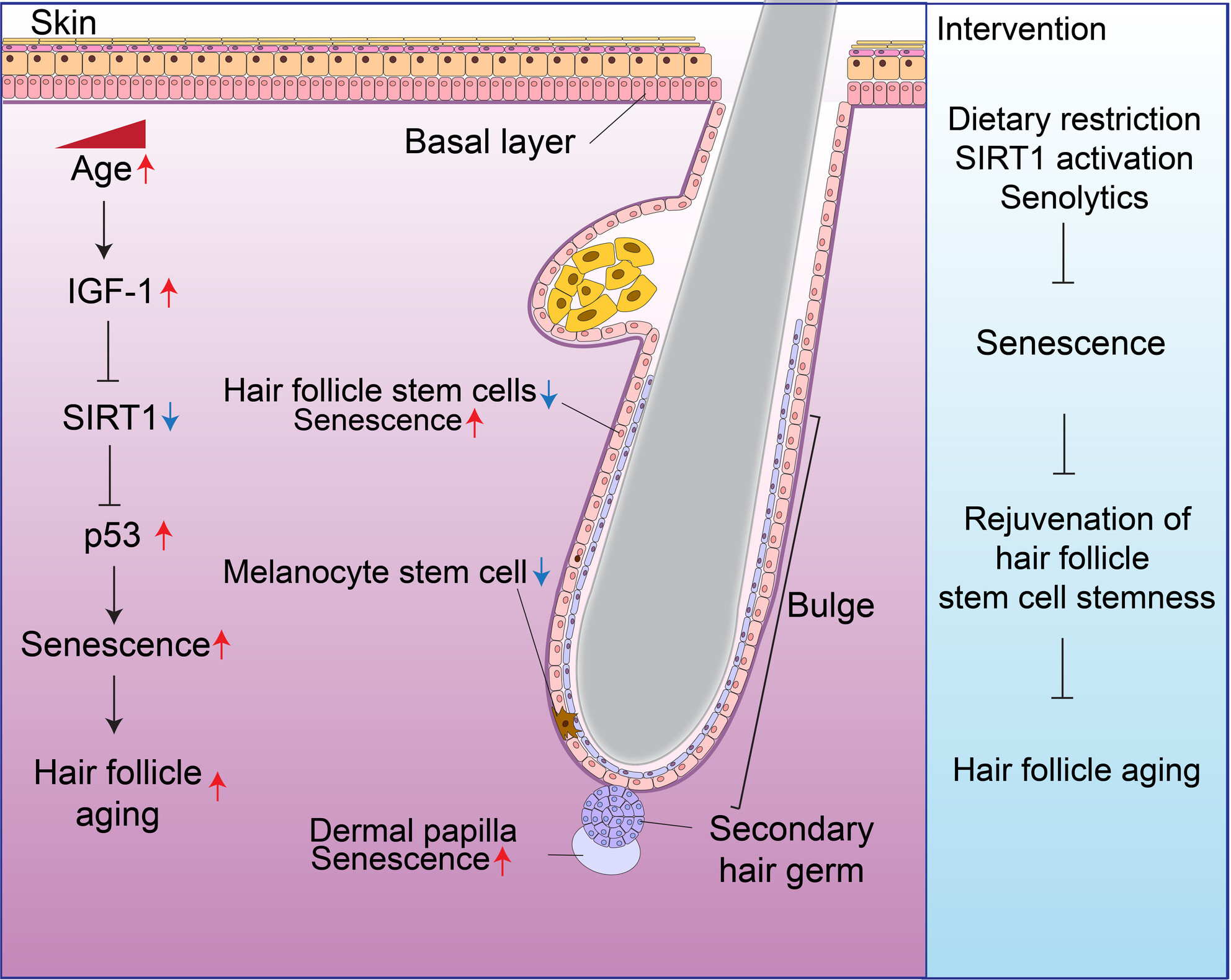
Age-related increases in IGF-1 expression in the skin accelerate stem cell exhaustion and senescence by impairing SIRT1 function, ultimately driving hair follicle aging. Conversely, activating SIRT1, clearing senescent cells, or adopting dietary restriction can mitigate excessive IGF-1 signaling and provide a promising strategy to rejuvenate hair follicle stem cells.
3D Mitochondrial Structure in Aging Human Skeletal Muscle: Insights Into MFN-2-Mediated Changes
- First Published: 25 April 2025
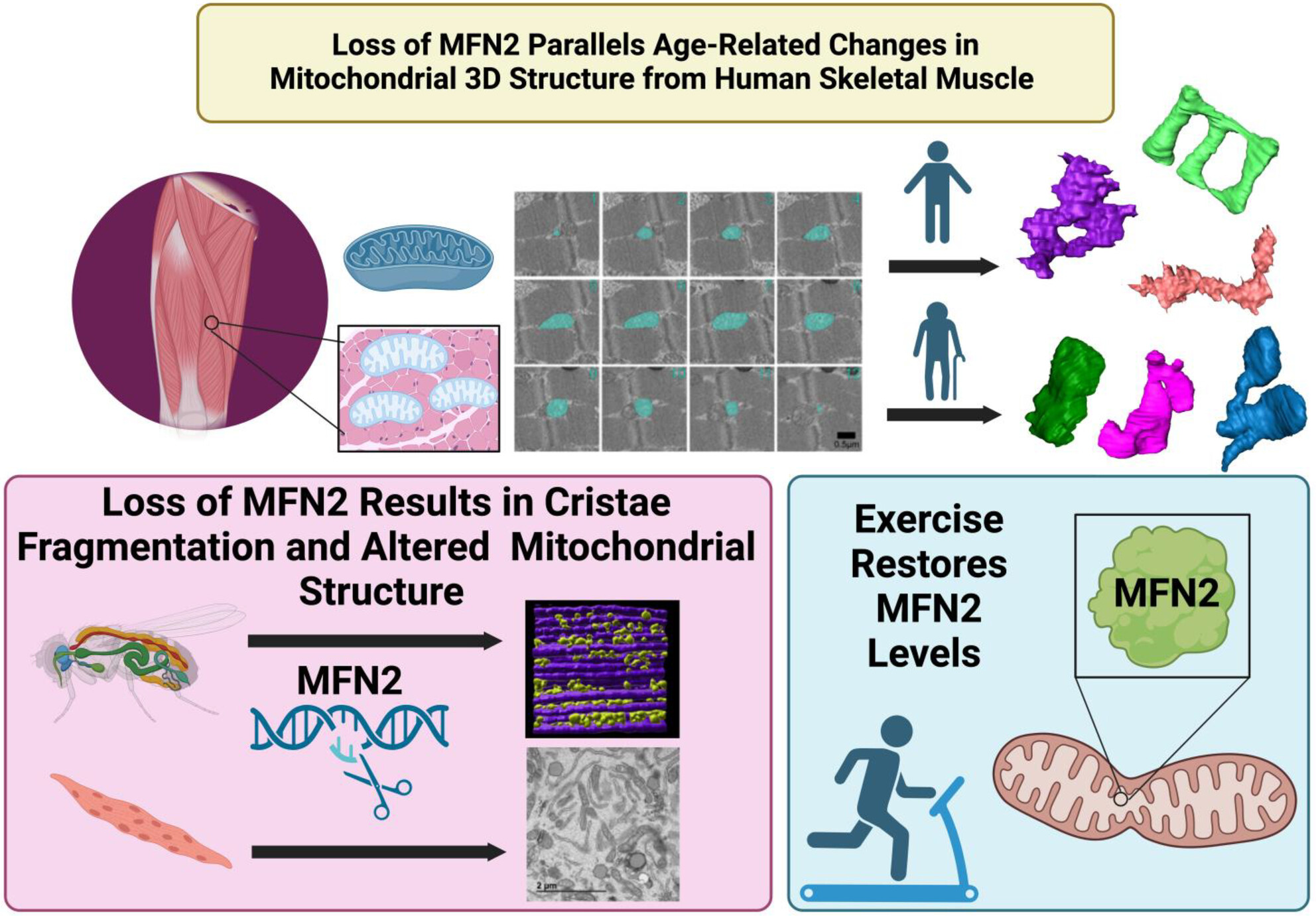
Changes in mitochondrial structure and dynamics during aging provide a mechanism for the development of age-related sarcopenia, a condition characterized by muscle mass loss. Through the creation of three-dimensional models of mitochondria from quadriceps muscle tissue taken from old and young humans, a loss in mitochondrial complexity was observed to occur during aging. A decrease in the expression of mitochondrial fusion protein mitofusin 2 (MFN-2) in older populations may drive these mitochondrial structural changes. A Drosophila model with the MFN-2 ortholog knocked down demonstrated a loss of mitochondrial complexity and lower quality cristae, which parallel changes in mitochondria observed in older humans. The use of an in vitro cell exercise model showed that the mechanism by which exercise counteracts the effects of sarcopenia, age-related disease may be due to increased expression of MFN-2 during exercise.
A Novel Cognitive Frailty Index for Geriatric Mice
- First Published: 21 May 2025
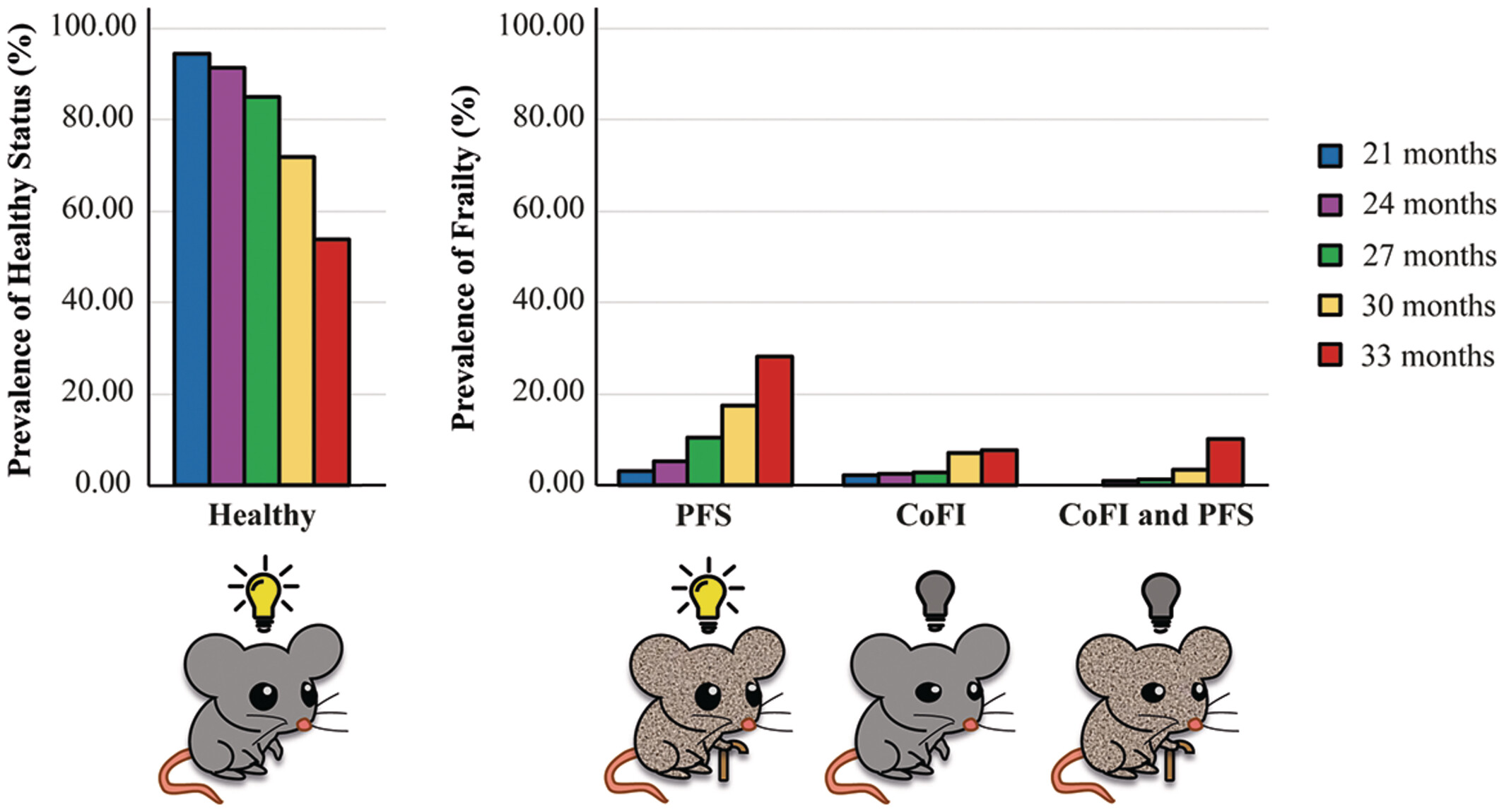
Our study presents a groundbreaking longitudinal assessment of age-related cognitive decline in a large cohort of aged mice. Through the development of the Cognitive Frailty Index (CoFI), we introduce a robust metric that correlates strongly with advancing age and mortality. Importantly, CoFI and physical frailty are distinct entities, with CoFI offering a new tool to assess cognitive impairment independently from physical decline. This adaptable tool will be valuable for testing the efficacy of innovative interventions in the field of Geroscience.
Causal Analysis Between Gut Microbes, Aging Indicator, and Age-Related Disease, Involving the Discovery and Validation of Biomarkers
- First Published: 09 April 2025
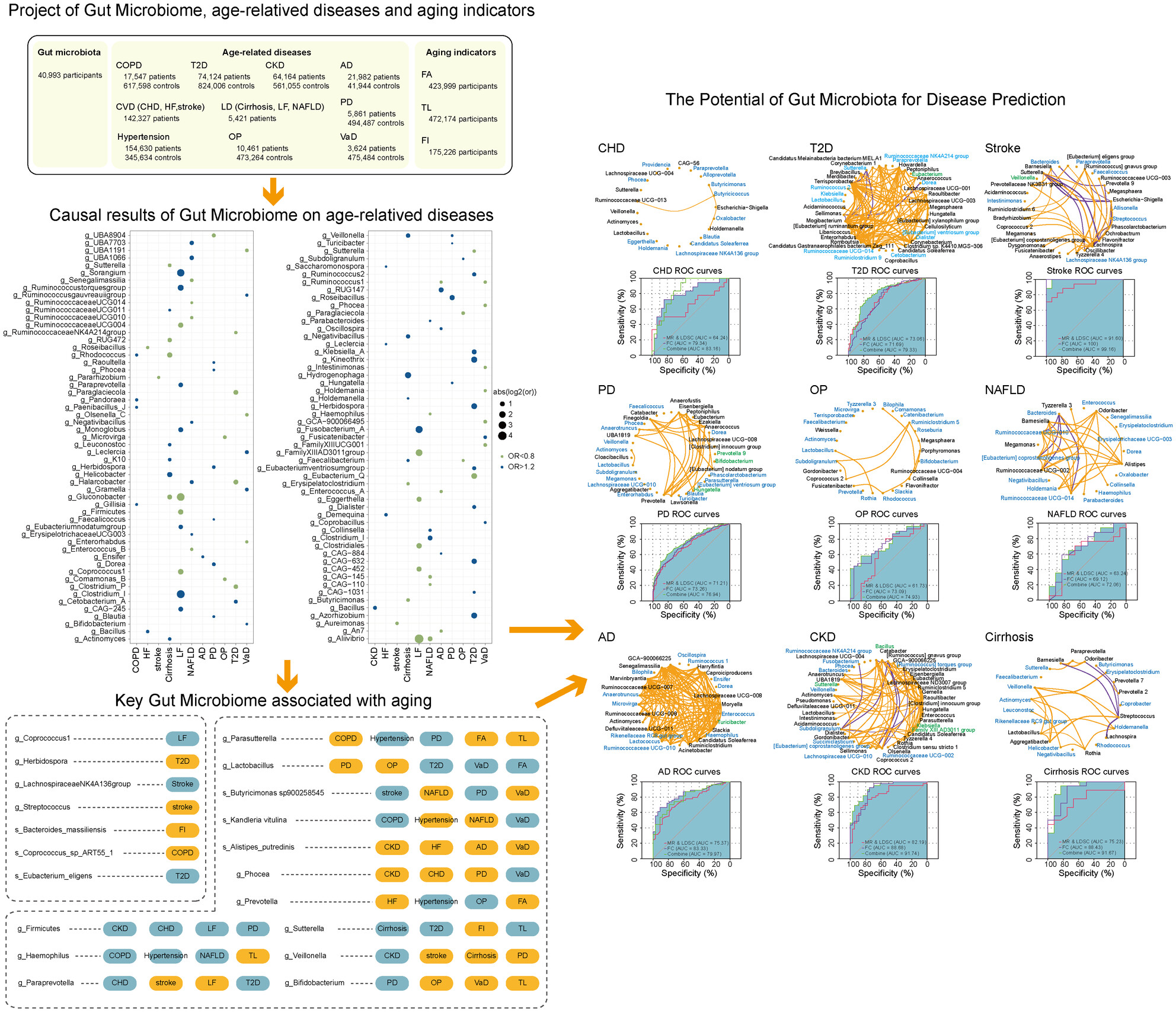
A comprehensive causal effect analysis was used to illustrate the associations between gut microbiota, aging indicators, and age-related diseases. This study provides evidence that supports the association between the gut microbiota and aging and highlights the potential of genetic correlation and causal relationship analysis in biomarker discovery.
The Proprotein Convertase BLI-4 Is Required for Axenic Dietary Restriction Mediated Longevity in Caenorhabditis elegans
- First Published: 08 April 2025
Senescent Macrophages Promote Age-Related Revascularization Impairment by Increasing Antiangiogenic VEGF-A165B Expression
- First Published: 17 April 2025
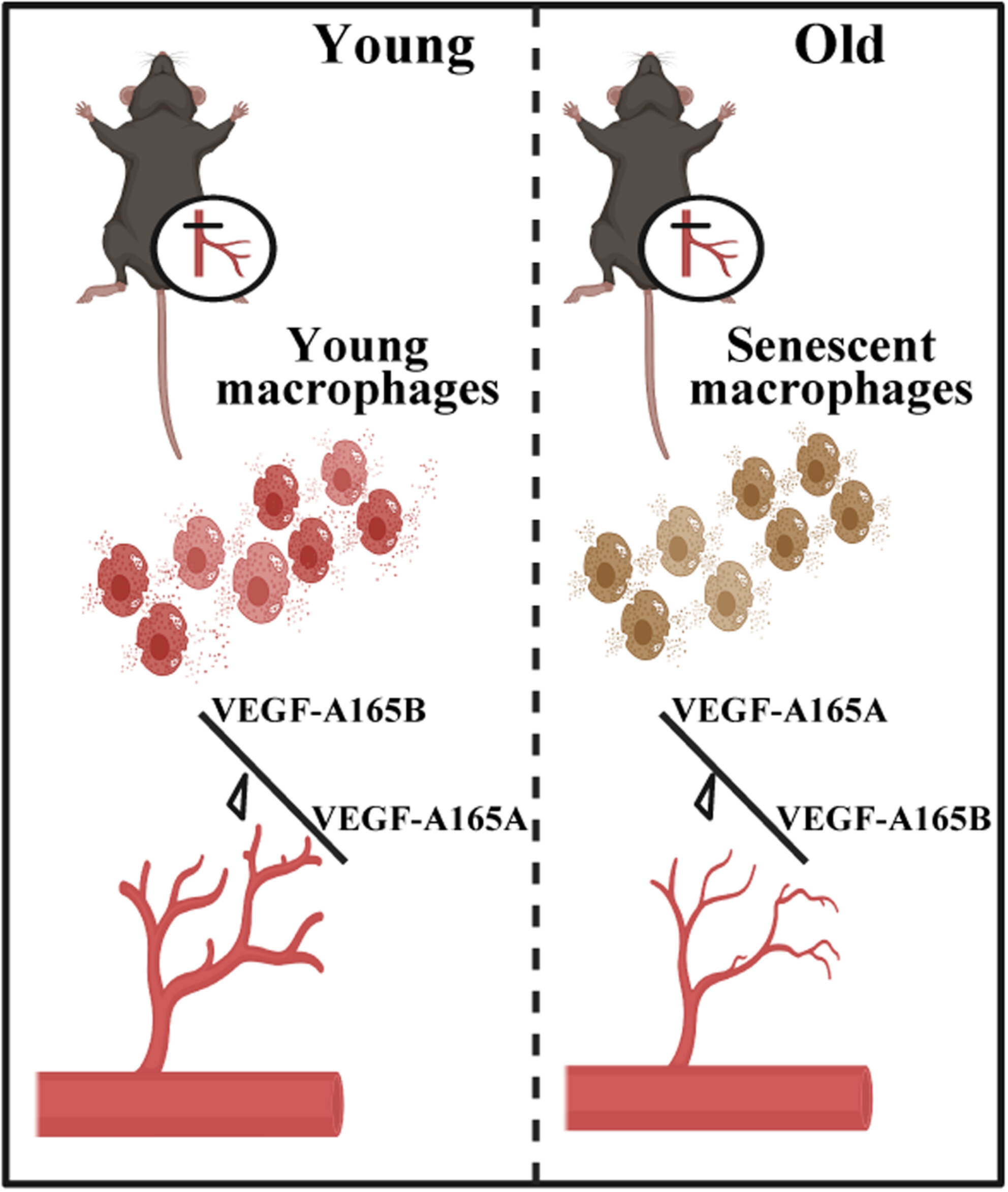
The underlying mechanisms of age-related revascularization impairment are not clear. Our research firstly identified that macrophages were more senescent in the ischemic skeletal muscle of old mice and senescent macrophages could inhibit revascularization. Mechanistically, these senescent macrophages induce endothelial dysfunction via increasing VEGF-A165B expression and secretion, and eventually impair revascularization. Notably, plasma VEGF-A165B levels are elevated in old patients with PAD and positively associated with a lower ankle brachial index.
AI-Driven Identification of Exceptionally Efficacious Polypharmacological Compounds That Extend the Lifespan of Caenorhabditis elegans
- First Published: 22 April 2025
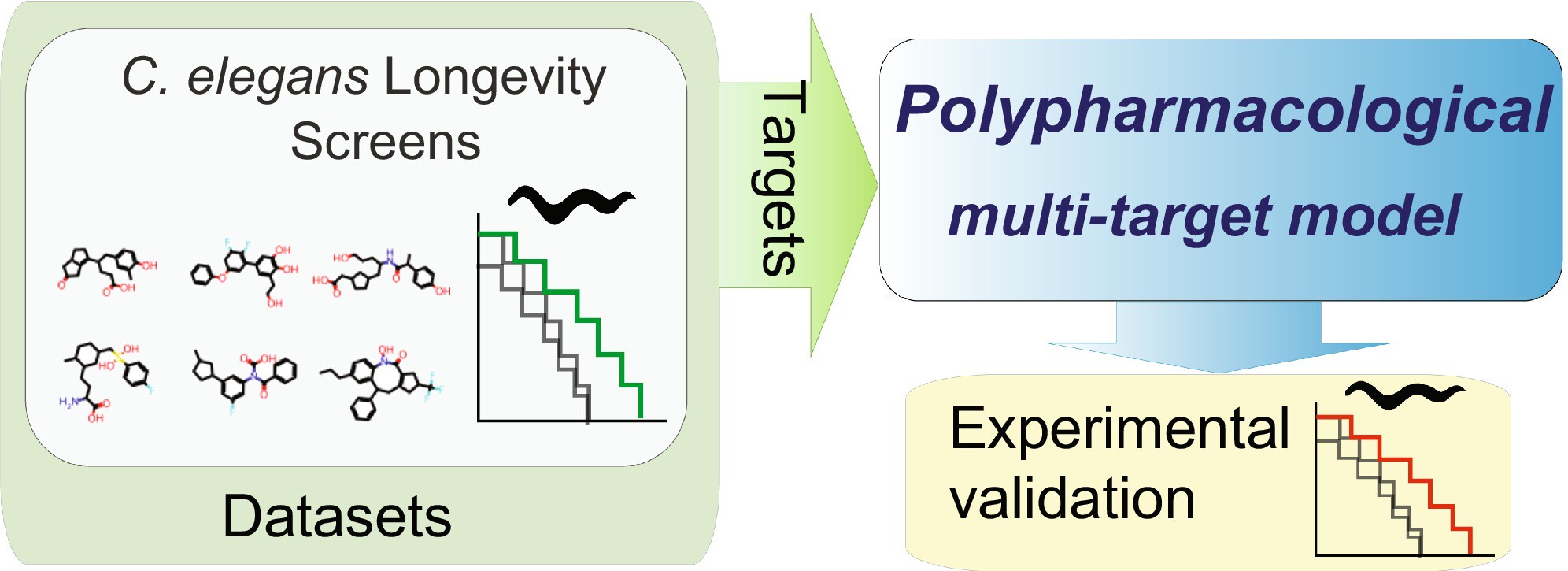
A retrospective analysis of the most effective known geroprotectors shows that they act by polypharmacological mechanisms. Using graph neural networks, we predict polypharmacological geroprotectors, validate their polypharmacological mechanisms experimentally, and show them to be exceptionally effective. Thus, it is possible to rationally design polypharmacological geroprotectors with exceptional efficacy.
Aerobic Exercise Restores Hippocampal Neurogenesis and Cognitive Function by Decreasing Microglia Inflammasome Formation Through Irisin/NLRP3 Pathway
- First Published: 07 April 2025
Dietary Restriction Mitigates Vascular Aging, Modulates the cGAS-STING Pathway and Reverses Macrophage-Like VSMC Phenotypes in Progeroid DNA-Repair-Deficient Ercc1Δ/− Mice
- First Published: 25 April 2025
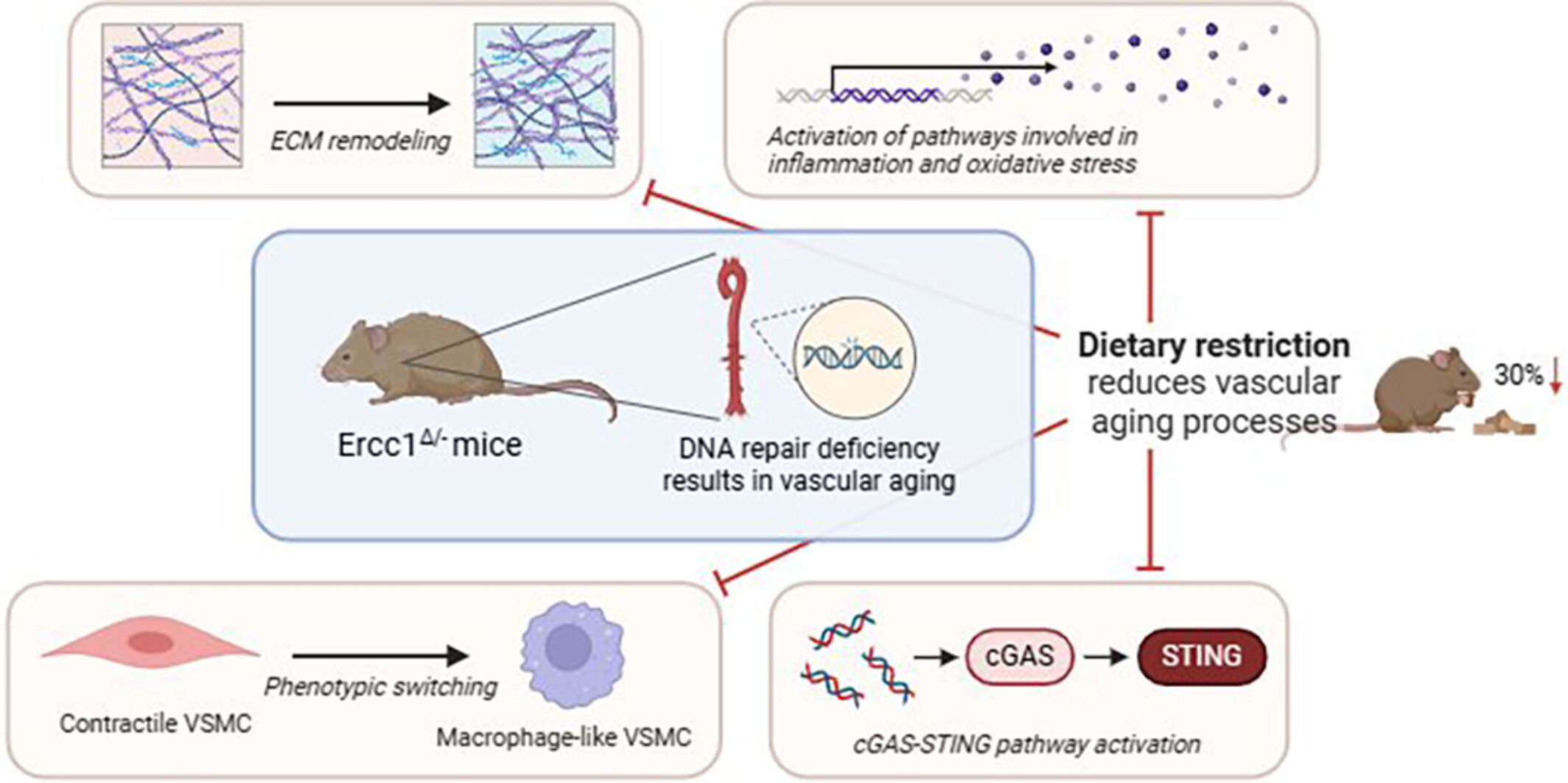
Dietary restriction mitigates vascular aging in DNA-repair-deficient Ercc1Δ/− mice by reducing extracellular matrix remodeling, inflammation, oxidative stress, and switching of vascular smooth muscle cells to a macrophage-like phenotype. Our findings suggest that the cGAS-STING pathway plays a key role in vascular aging and that the benefits of dietary restriction may result from reducing its activation. Created in BioRender. Van der pluijm, I. (2025) https://BioRender.com/iwpqncu.
The 15-Year Survival Advantage: Immune Resilience as a Salutogenic Force in Healthy Aging
- First Published: 23 April 2025
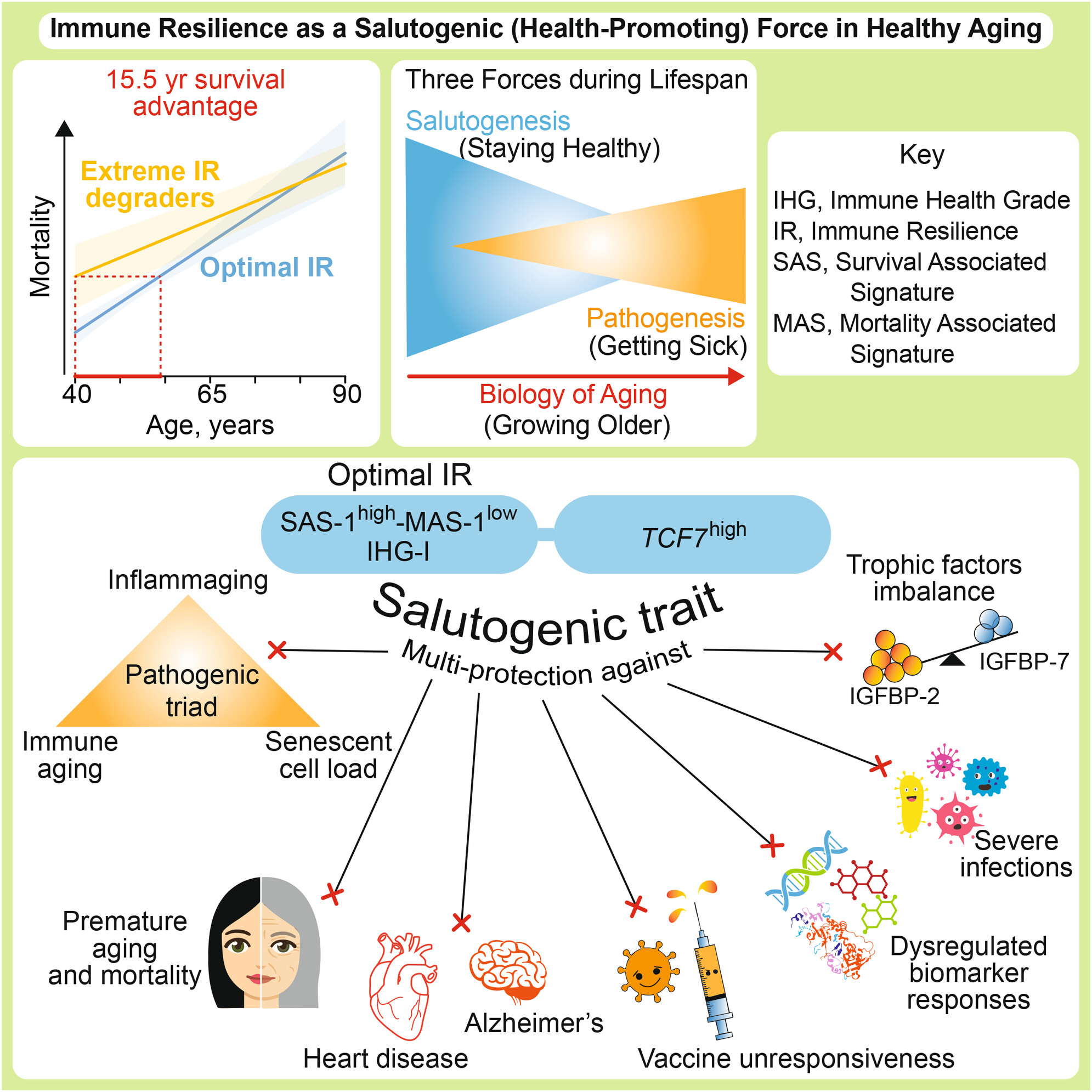
Human aging shows puzzling diversity: similar aging rates yet vastly different health outcomes. Our study of ~17,500 people revealed a health-promoting trait (more common in women) linked to strong immune resilience and high expression of TCF7, a key immune gene. This trait enables individuals to fight infections like COVID-19 more effectively, respond better to vaccines, avoid comorbidities, and live longer. Its decline after age 70 may explain lifespan limits. These findings redefine aging as a tug-of-war between health-promoting (salutogenic) and disease-driving (pathogenic) processes, opening new treatment paths.
Aged Gut Microbiota Contributes to Cognitive Impairment and Hippocampal Synapse Loss in Mice
- First Published: 12 April 2025

Li et al. revealed that aged gut microbiota induces cognitive decline and microglia-mediated synapse loss. Fecal Bifidobacterium pseudolongum abundance was reduced in patients with cognitive impairment and microbiota transplantation from patients with fewer B.p abundance yielded worse cognitive behavior in mice. Supplementation with B.p improves aging-related cognitive decline and prevents microglia engulfment of synapses via activation of IAA/AHR signaling.
Identifying PDAP1 as a Biological Target on Human Longevity: Integration of Mendelian Randomization, Cohort, and Cell Experiments Validation Study
- First Published: 10 April 2025
Cathepsin B Regulates Ovarian Reserve Quality and Quantity via Mitophagy by Modulating IGF1R Turnover
- First Published: 28 April 2025
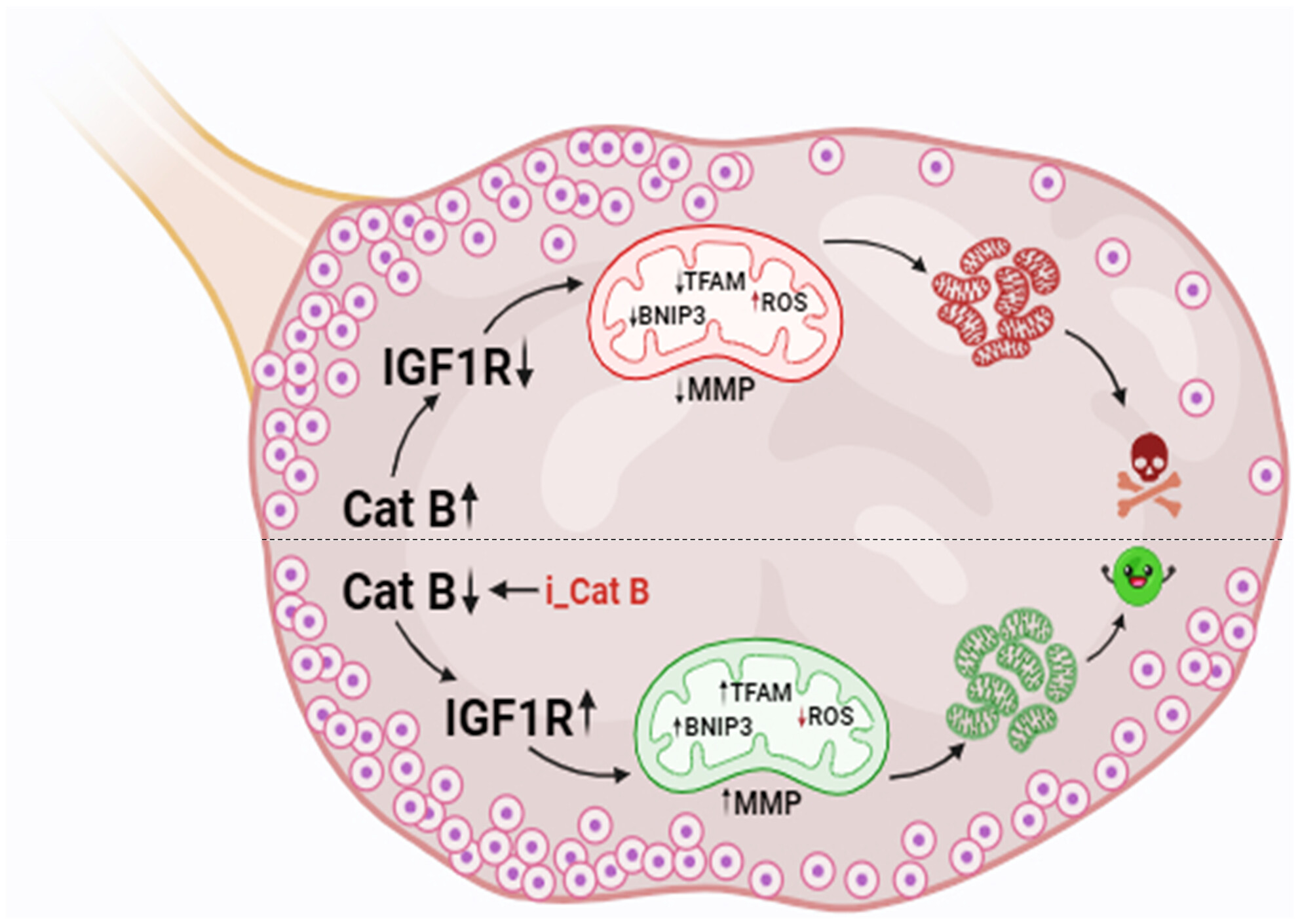
Autophagy regulates ovarian reserve, with Cathepsin B playing a critical role in aging. Inhibition of Cathepsin B increases follicle count, enhances IGF1R–AKT–mTOR signaling and improves mitochondrial function without compromising fertility. This conserved mechanism suggests potential therapeutic strategies to delay ovarian aging and sustain fertility, offering new insights into reproductive longevity.
At the Nexus Between Epigenetics and Senescence: The Effects of Senolytic (BI01) Administration on DNA Methylation Clock Age and the Methylome in Aged and Regenerated Skeletal Muscle
- First Published: 21 April 2025
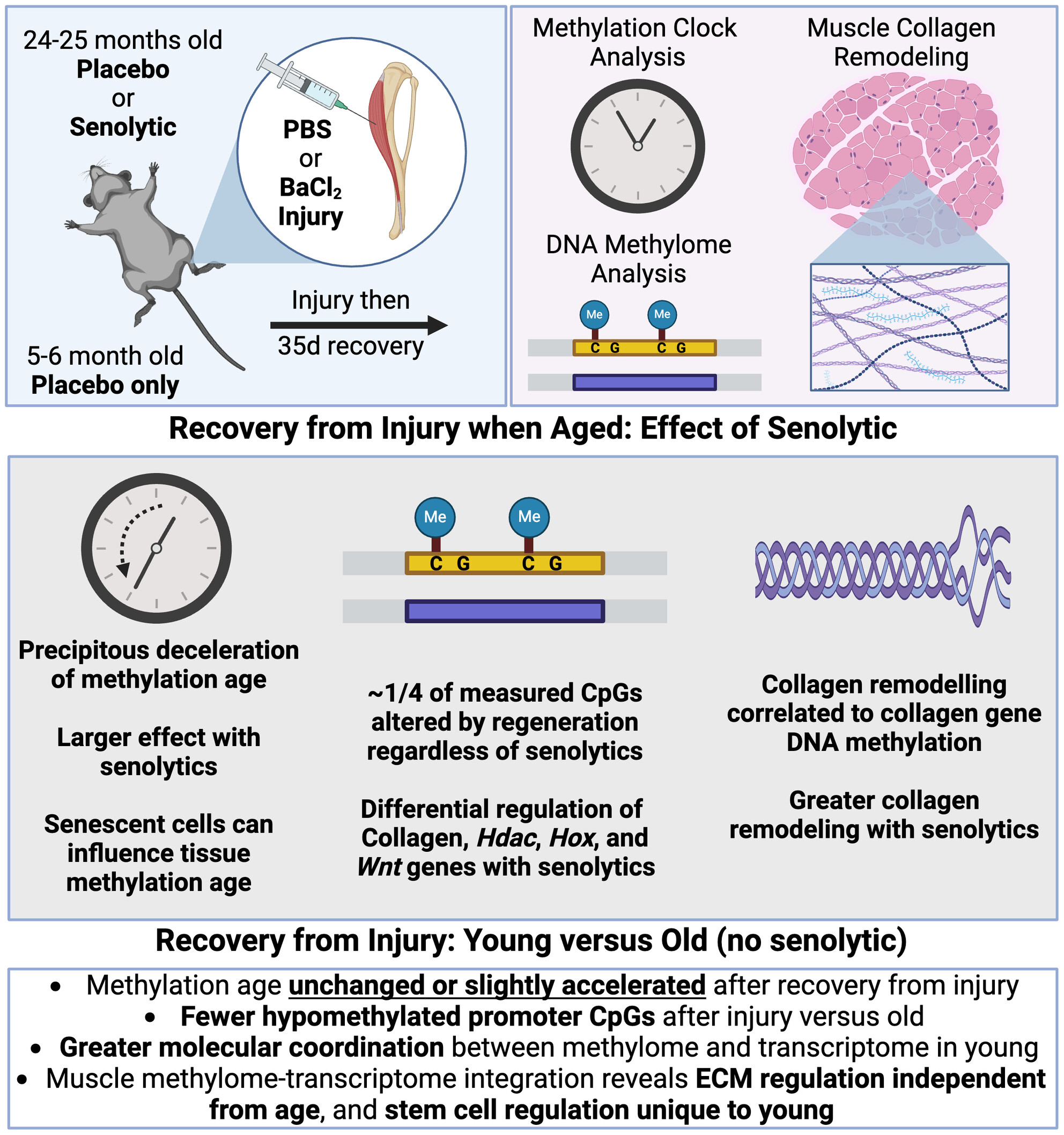
Injury then recovery markedly rewires the DNA methylome in aged skeletal muscle.The addition of senolytics during muscle regeneration decelerates DNAmAGE more than regeneration alone as well as targets collagen remodeling and stem cell function-related genes. Regeneration in young adult mice has a less pronounced effect on the methylome-transcriptome landscape than in aged skeletal muscle, but still elicits a distinct molecular profile versus aged skeletal muscle after injury.
VDAC1-Targeted NHK1 Peptide Recovers Mitochondrial Dysfunction Counteracting Amyloid-β Oligomers Toxicity in Alzheimer's Disease
- First Published: 13 April 2025
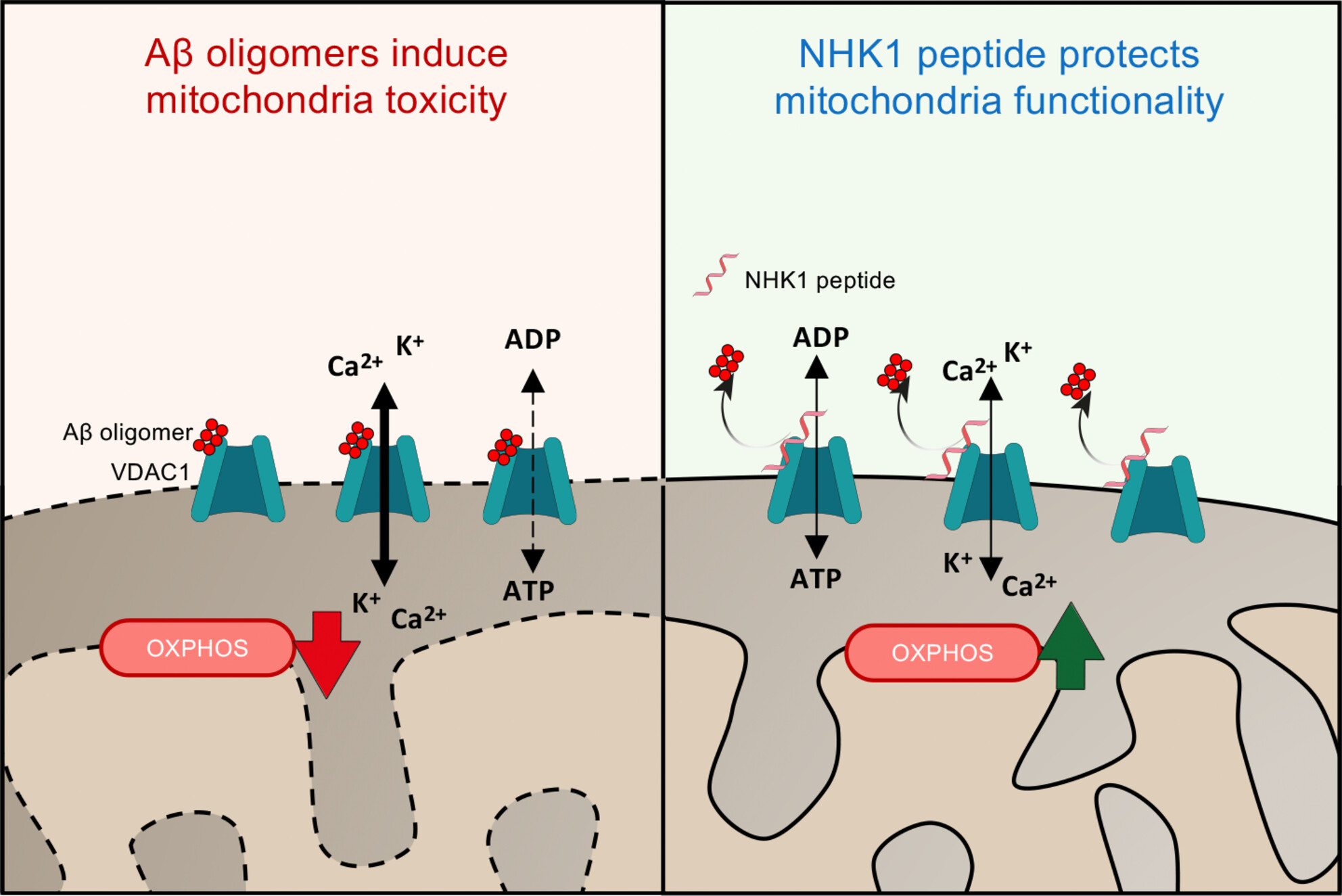
Amyloid-β (Aβ) oligomers affect VDAC1 electrophysiology and the physiological metabolic cross-talk between cytosol and mitochondria. The use of a small, synthetic VDAC1-antagonist peptide, derived from hexokinase, restores mitochondrial functionality, and respiration in cellular models of Alzheimer's disease.
Inactivation of Histone Chaperone HIRA Unmasks a Link Between Normal Embryonic Development of Melanoblasts and Maintenance of Adult Melanocyte Stem Cells
- First Published: 14 May 2025
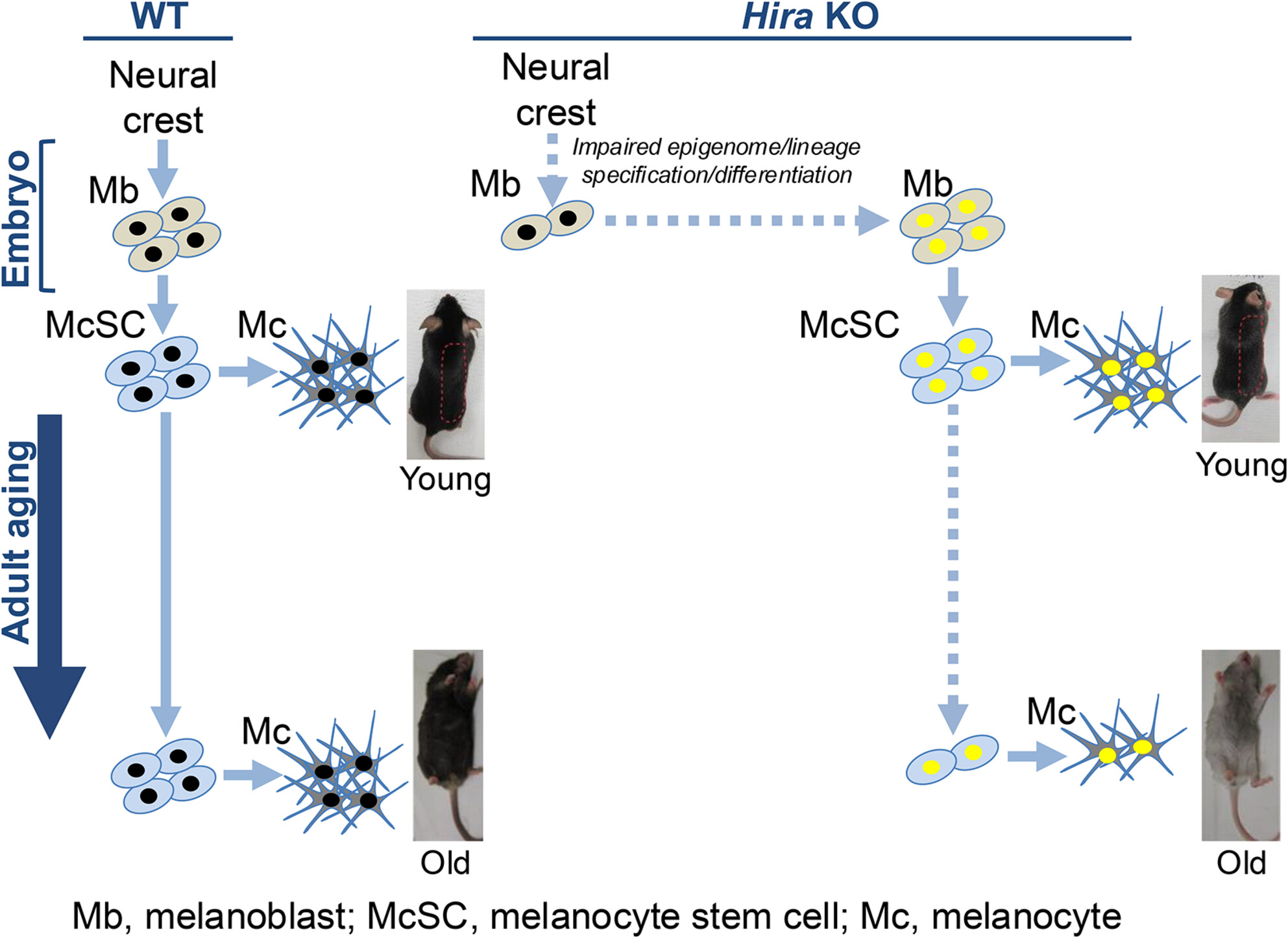
Expression of HIRA in embryonic melanoblasts is required for proper epigenetic programing and lineage differentiation. Although HIRA deficiency results in a mild phenotype at birth and young adulthood, the melanocytic lineage is sensitive to proliferative challenge, prone to loss of stem cells and dramatically accelerated hair greying in later life. This shows how early development lays a foundation for maintaining lineage identity and subsequent maintenance of adult tissue-specific stem cells during aging.
Identification of Senomorphic miRNAs in Embryonic Progenitor and Adult Stem Cell-Derived Extracellular Vesicles
- First Published: 24 April 2025
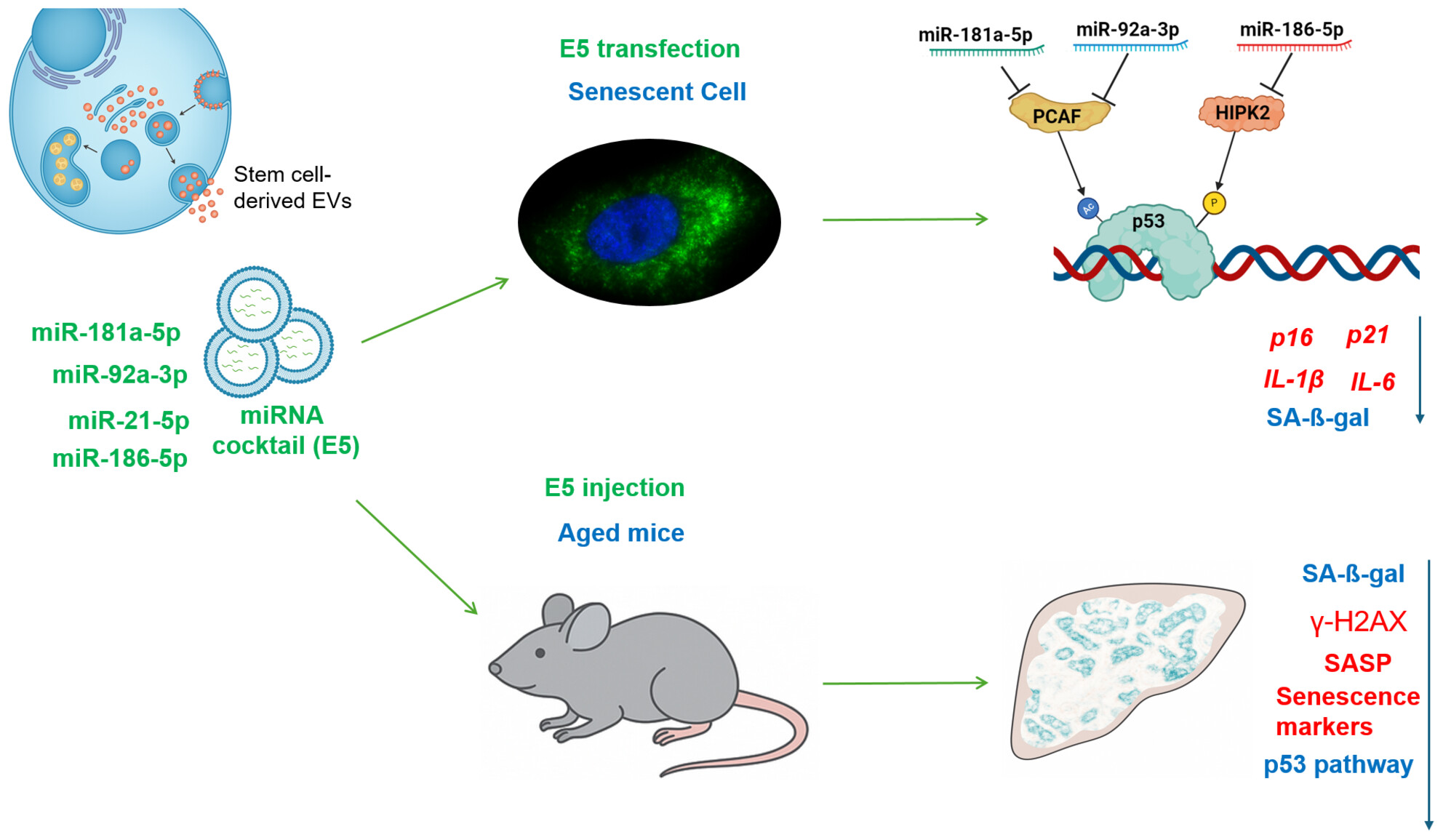
A senomorphic miRNA cocktail (E5), consisting of miR-181a-5p, miR-92a-3p, miR-21-5p, and miR-186-5p, was identified from a pool of miRNAs enriched in extracellular vesicles (EVs) derived from multiple functional human stem cell types. E5 reduces senescence and SASP markers both in cell culture and in aged mice. Mechanistically, E5 targets key regulators of the p53 pathway, including PCAF and HIPK2, leading to decreased p53 phosphorylation and acetylation. These effects result in downregulation of p16INK4a, p21Cip1, IL-1β, and IL-6 expression, and a reduction in SA-β-gal+ and γ-H2AX+ cells across multiple tissues, indicating the senomorphic potential of E5 for healthspan extension.
Identifying Age-Modulating Compounds Using a Novel Computational Framework for Evaluating Transcriptional Age
- First Published: 30 April 2025
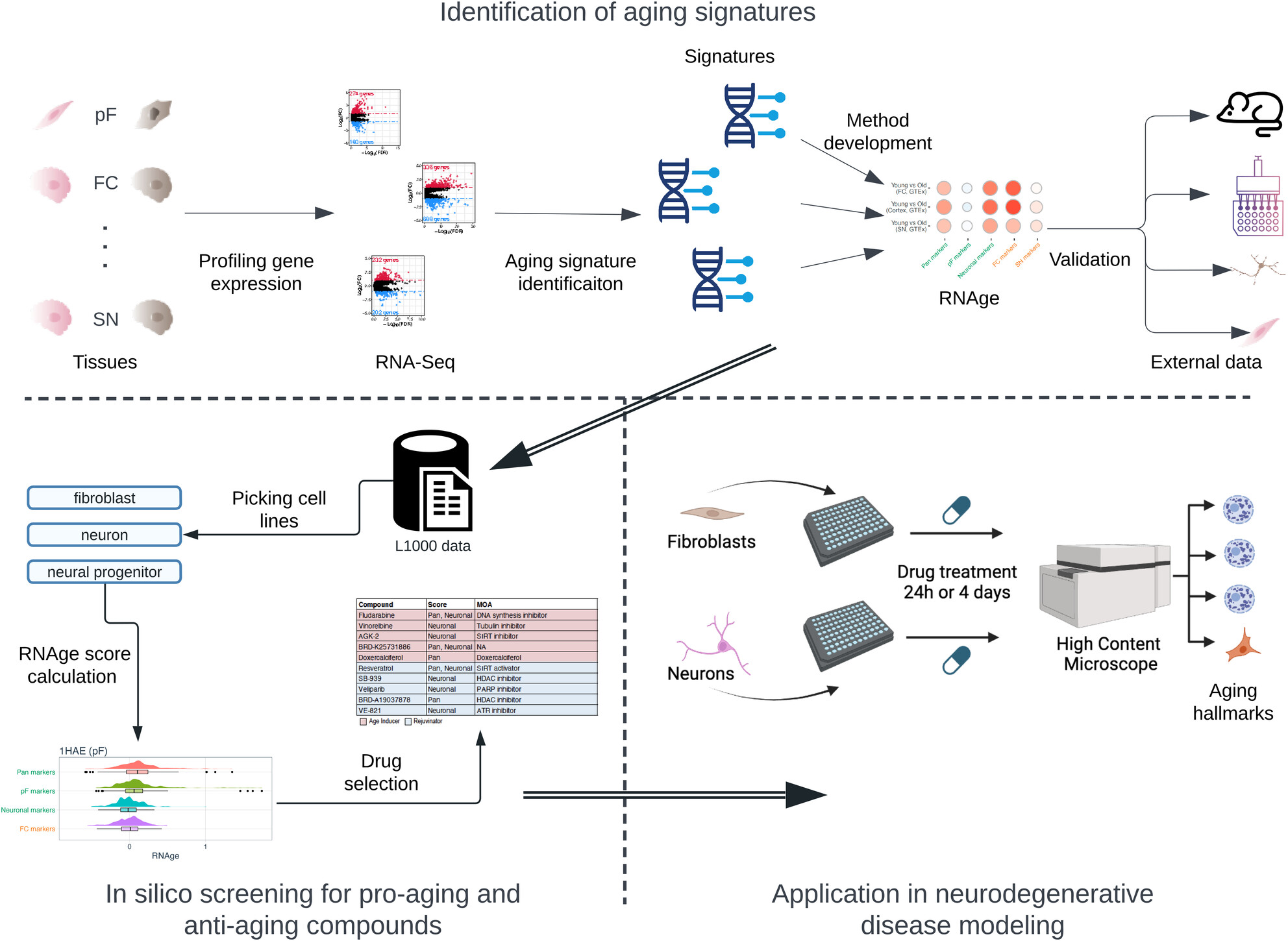
RNAge is a transcriptional based computational approach to measure changes in cellular age upon experimental manipulation. In silico screening of a database of transcriptional changes from drug perturbations identified a novel aging agent that was applied to an hPSC model of neurodegenerative disease to trigger a late-onset phenotype.
Immunosenescence Profile Is Associated With Increased Susceptibility to Severe COVID-19
- First Published: 19 May 2025
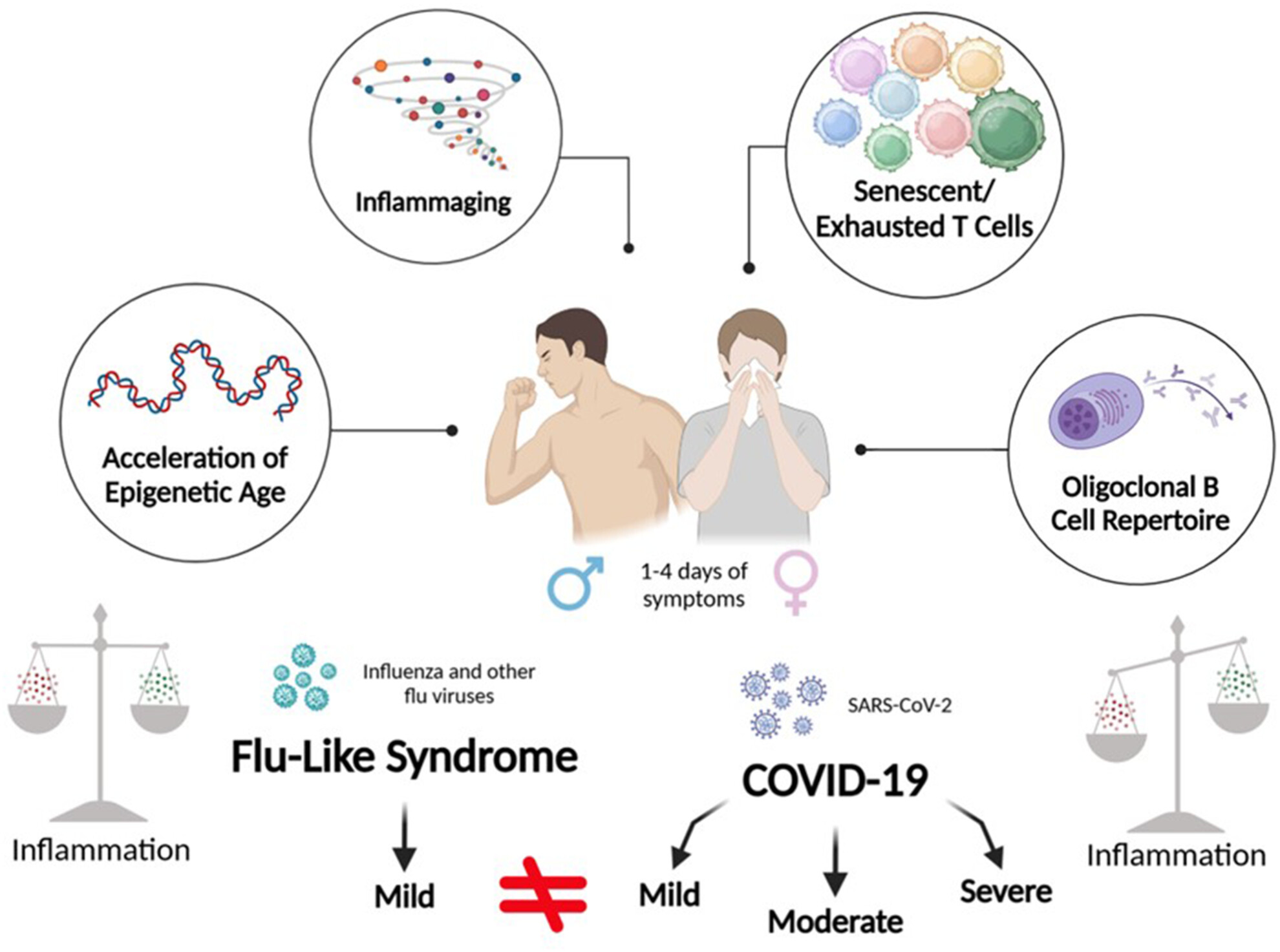
(A) A previous immunosenescence profile in individuals infected with SARS-CoV2 creates a permissive environment for progression to severe COVID-19: higher inflammaging, accumulation of exhausted/senescent T cells, an oligoclonal B-cell repertoire, and accelerated epigenetic age. (B) Inflammatory profiles of mild COVID-19 and mild flu-like infections are distinct, highlighting the uniqueness of SARS-CoV2 infection.
The Redox Activity of Protein Disulphide Isomerase Functions in Non-Homologous End-Joining Repair to Prevent DNA Damage
- First Published: 15 May 2025
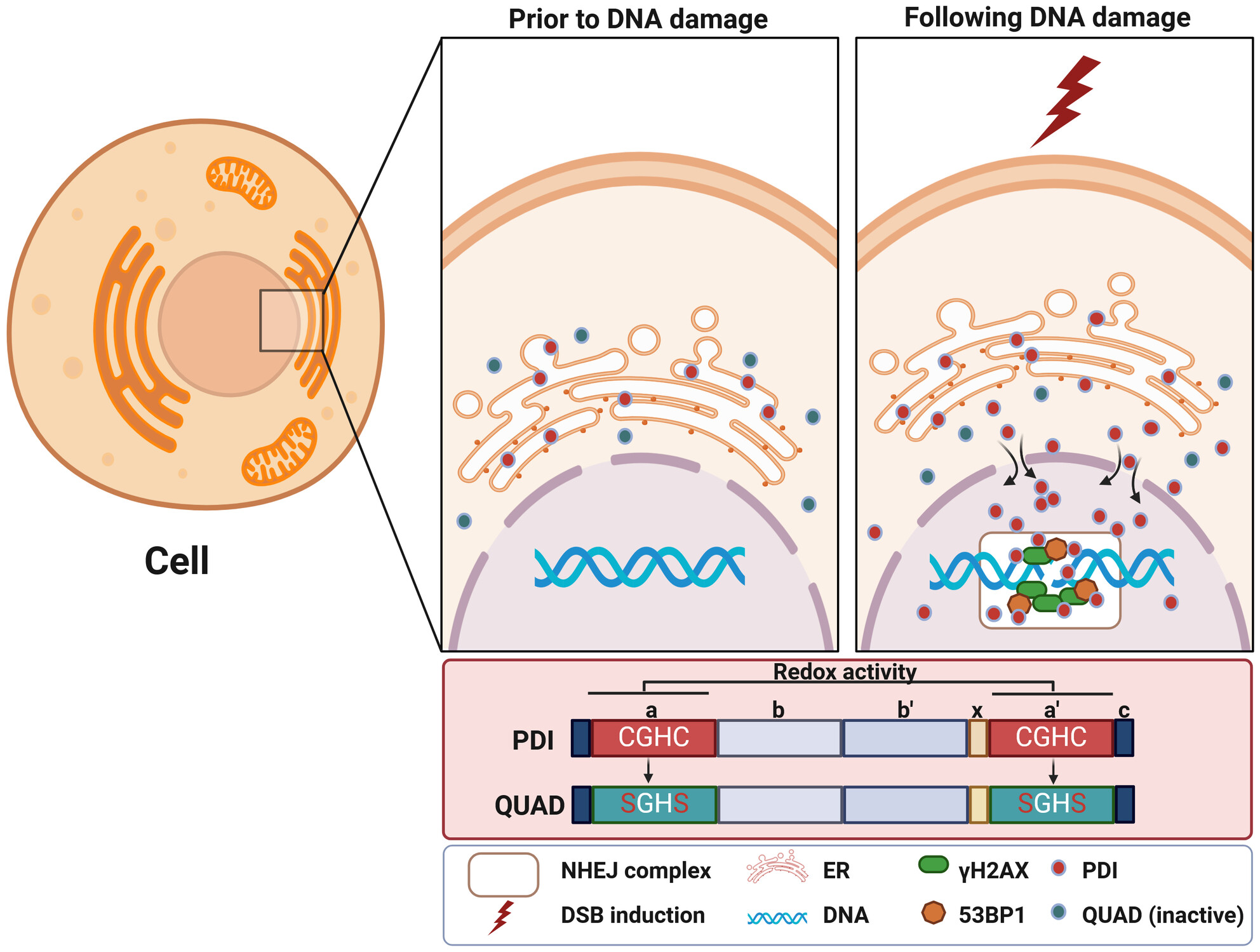
Schematic diagram illustrating the protective role of protein disulphide isomerase (PDI) against DNA damage via non-homologous end-joining (NHEJ), which repairs double stranded DNA breaks (DSBs). Induction of DNA damage results in the formation of γH2AX and p53-binding protein 1 foci during NHEJ repair of DSBs. PDI (red circles) translocates into the nucleus following damage, where it co-localises at DSB foci, facilitating NHEJ DNA repair. The PDI QUAD (green circles) mutant contains replacement of all four redox-active cysteine residues with serine (SGHS SGHS) and it loses the redox activity but retains the chaperone function of PDI. The QUAD mutant is not protective against DNA damage, demonstrating that the redox activity of PDI is required for its function in NHEJ. Figure created with BioRender.com.
Age-Associated Decline in Autophagy Pathways in the Retinal Pigment Epithelium and Protective Effects of Topical Trehalose in Light-Induced Outer Retinal Degeneration in Mice
- First Published: 28 April 2025
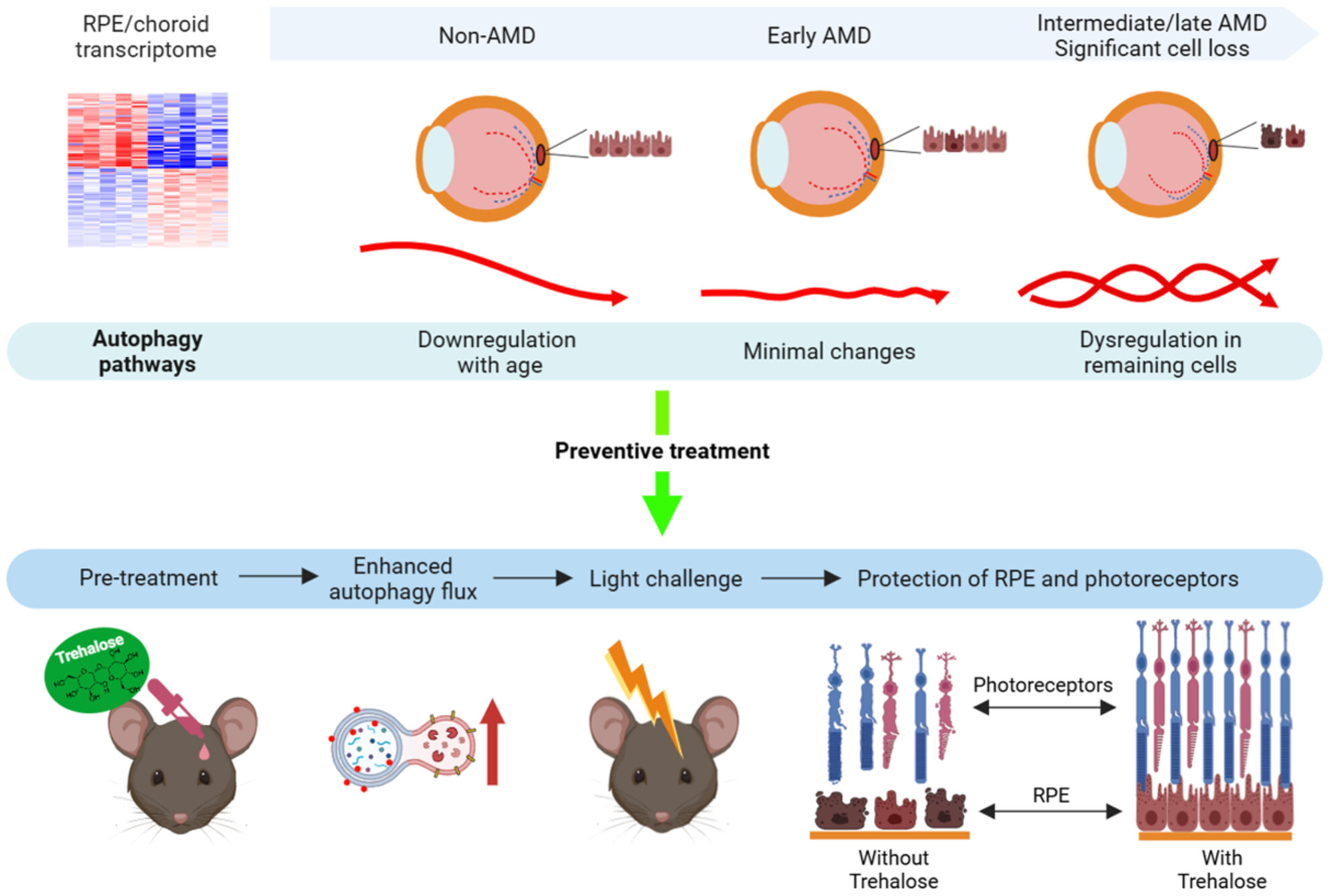
Transcriptomic analyses reveal an age-related decline in autophagy pathways in RPE/choroid. These pathways remain unchanged in early AMD but become bidirectionally dysregulated in later stages, along with increased RPE loss. Pre-treatment with trehalose eyedrops enhances RPE autophagy flux and prevents light-induced outer retinal degeneration in mice (Image created with BioRender.com).
Deciphering Immunosenescence From Child to Frailty: Transcriptional Changes, Inflammation Dynamics, and Adaptive Immune Alterations
- First Published: 26 April 2025
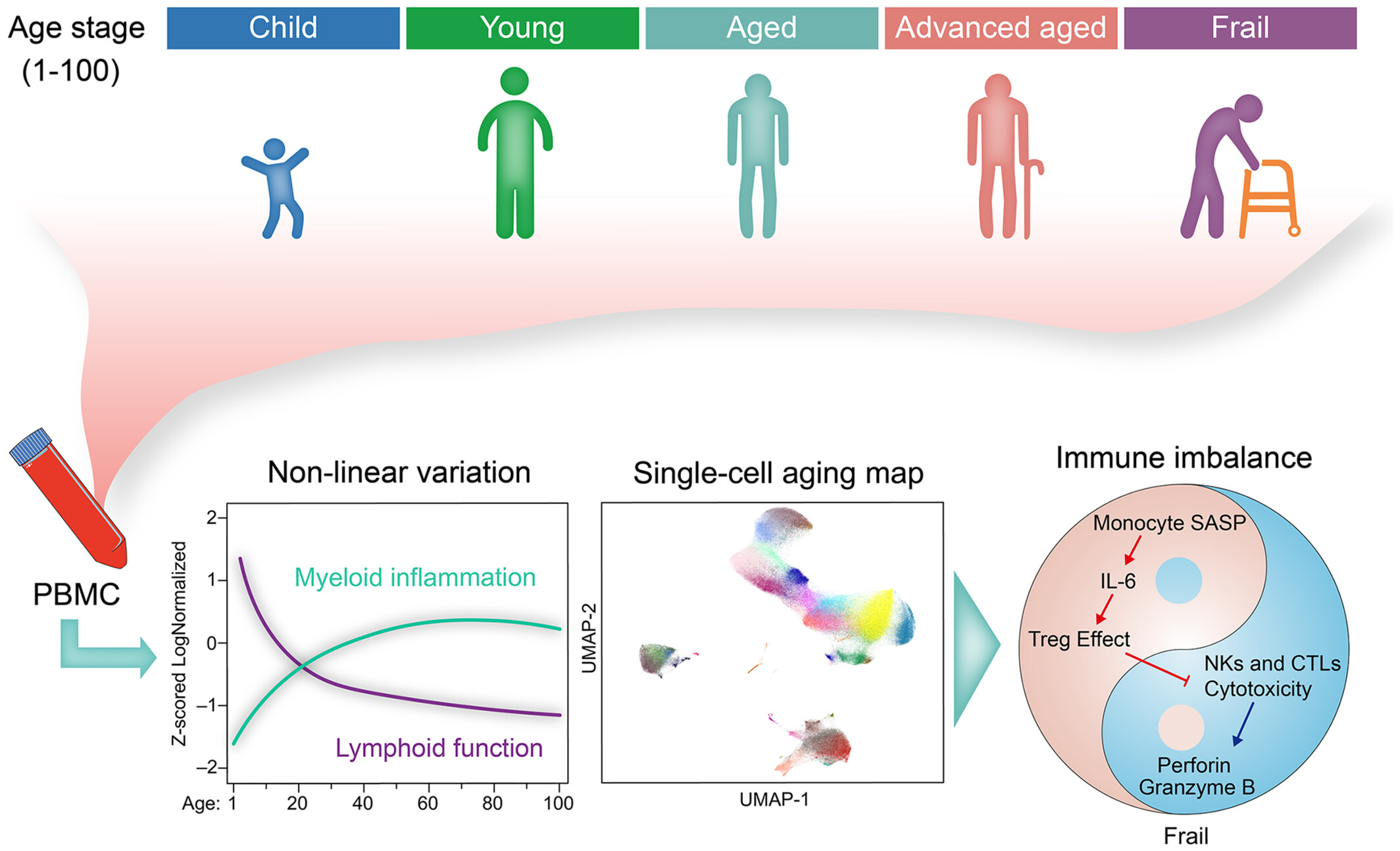
Integrated analysis of bulk-cell and single-cell RNA-seq data from childhood to frailty revealed nonlinear transcriptomic changes in peripheral blood mononuclear cells, marked by dramatic early-life shifts in inflammation, myeloid cells, and lymphocyte features, followed by stability in healthy elderly individuals. In contrast, frail elderly individuals showed disrupted immune profiles, characterized by heightened monocyte-driven inflammation, regulatory T-cell activation, and impaired cytotoxic lymphocyte function.
TFEB Orchestrates Stress Recovery and Paves the Way for Senescence Induction in Human Dermal Fibroblasts
- First Published: 01 May 2025
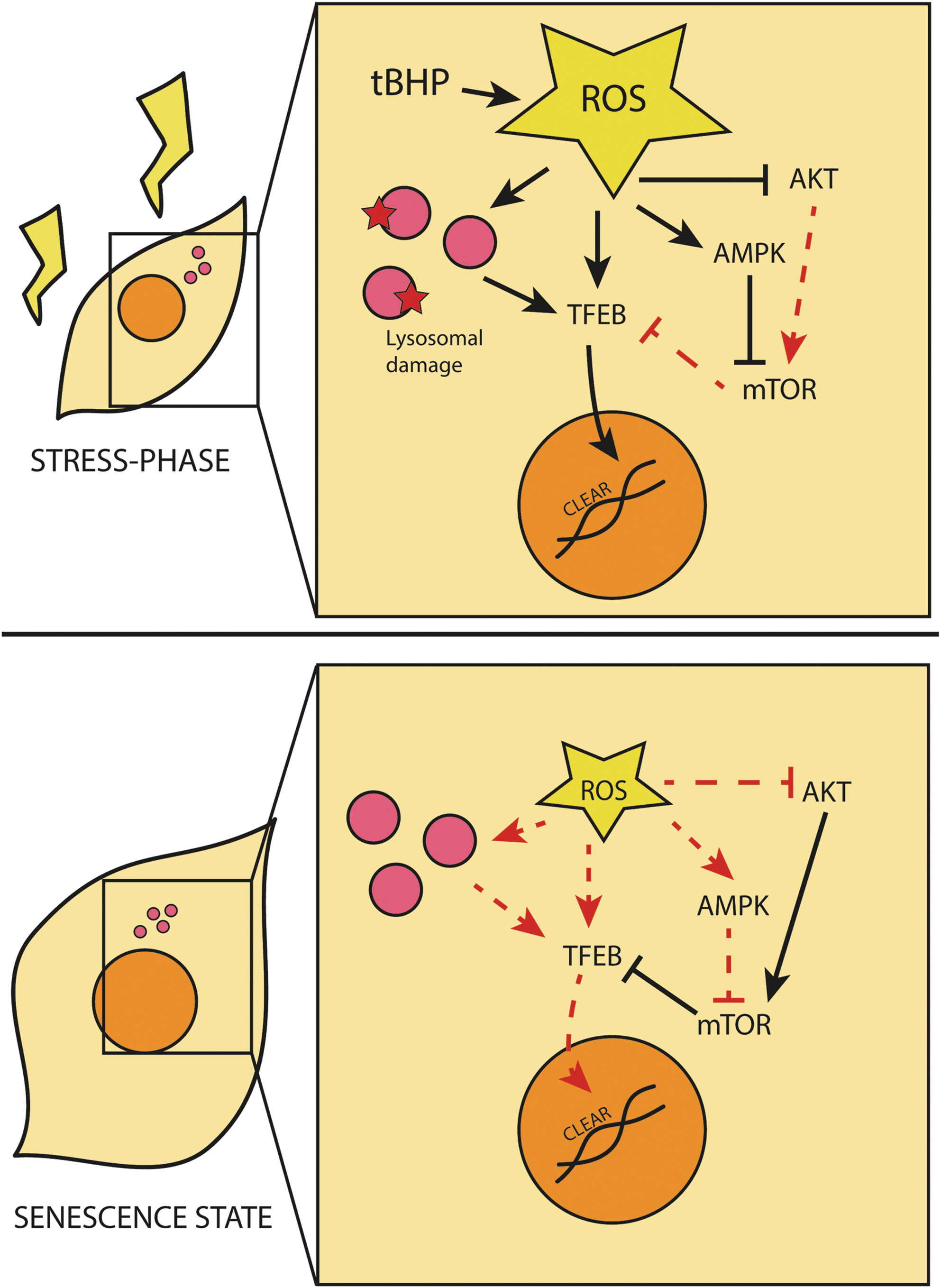
TFEB dynamics during oxidative stress-induced premature senescence. The tBHP treatment undermines GSH-dependent antioxidant mechanisms, leading to increased ROS production and lysosomal damage. In the stress phase, we observed the concomitant inhibition of Akt along with activation of AMPK, together leading to mTOR inhibition and subsequent dephosphorylation of TFEB which is known to drive its nuclear localization and activation. Inside the nucleus, TFEB activates the transcription of the Coordinated Lysosomal Expression and Regulation (CLEAR) network genes, enhancing lysosomal biogenesis, and antioxidant capacity, thereby promoting lysosomal recovery, autophagy and subsequent entry into the senescent state. Decreased ROS levels restore Akt and AMPK pathways, leading to the resurgence of mTORC1 activity, along with TFEB inactivation as the cells transit into senescence.
Mitochondrial Respiratory Dysfunction Is Not Correlated With Mitochondrial Genotype in Premature Aging Mice
- First Published: 02 May 2025
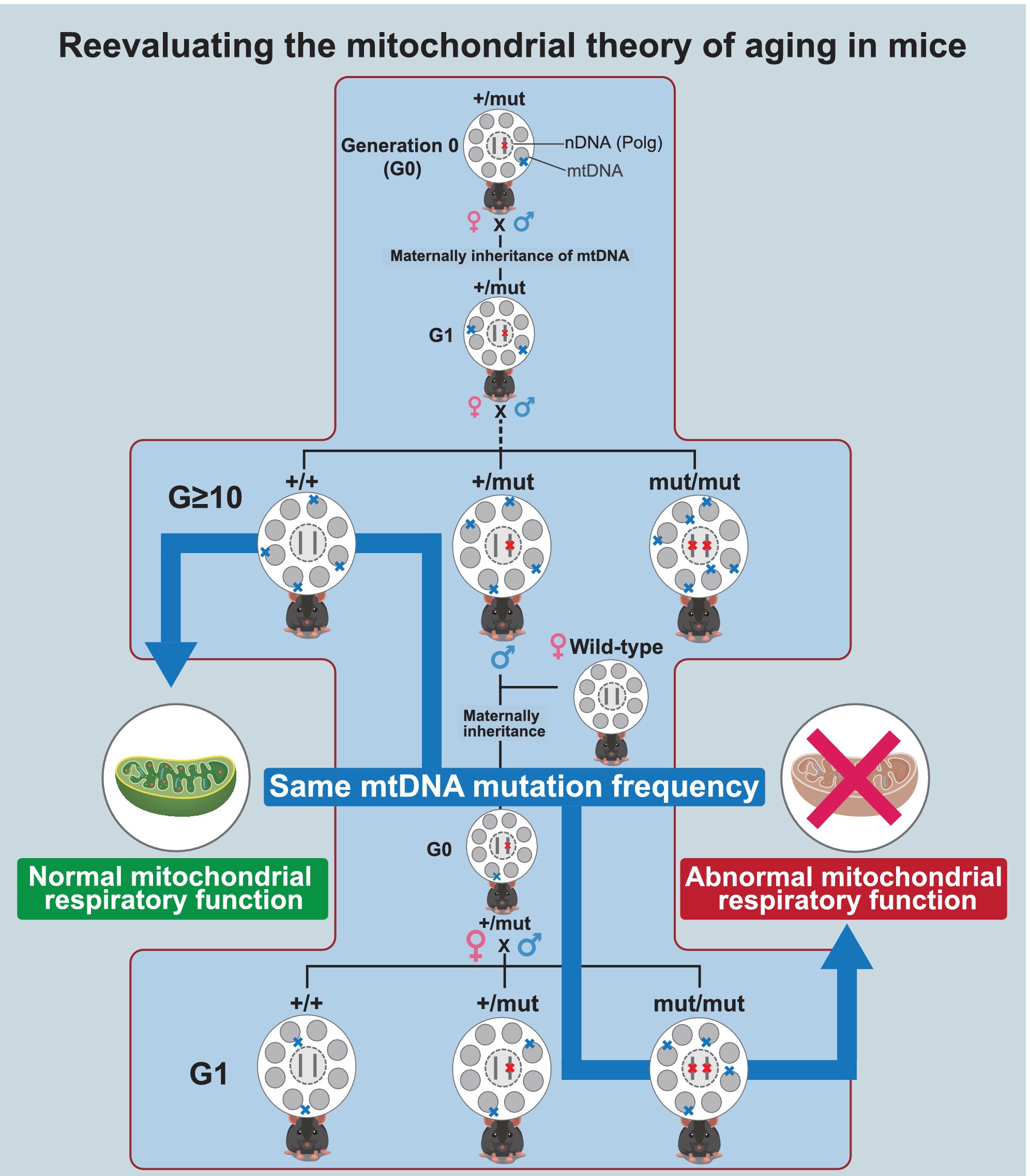
The causal relationship between random mtDNA mutations and reduced mitochondrial respiratory activity in premature aging Polgmut/mut mice remains unclear. This study shows that the abnormal mitochondrial function in Polgmut/mut mice is more closely associated with the nuclear Polg genotype than with the mtDNA genotype.
TLR7 Mediates HIV-1 Tat-Induced Cellular Senescence in Human Astrocytes
- First Published: 30 April 2025
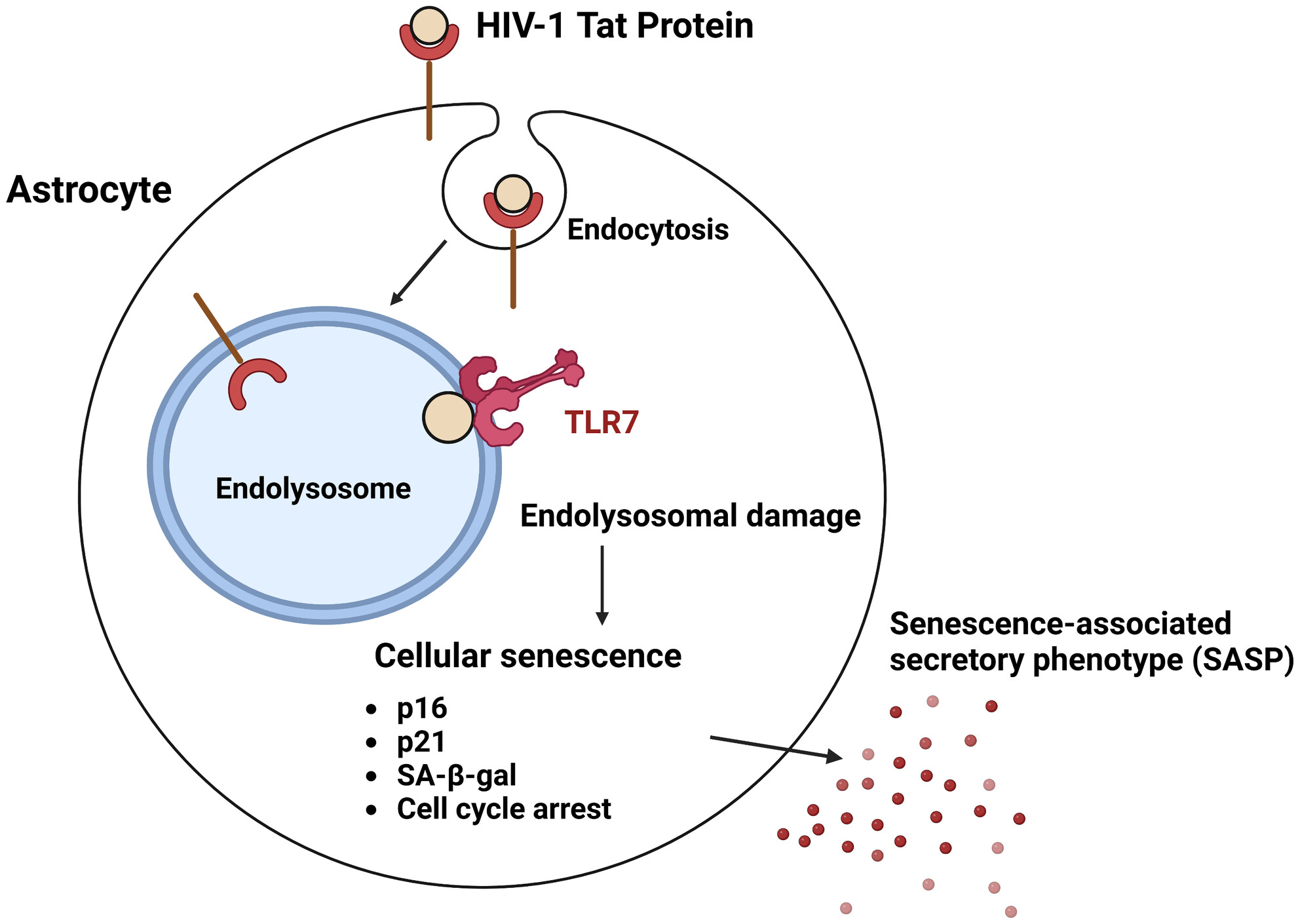
Once internalized into endolysosomes, HIV-1 Tat interacts and activates TLR7, causing endolysosome damage. Such interaction between HIV-1 Tat and TLR7 also leads to a senescence-like phenotype in astrocytes, including cell cycle arrest, elevated levels of p21 and p16 proteins, increased SA-β-gal activity, and enhanced secretion of SASP factors.
SHORT COMMUNICATION
Physical Activity Modifies the Metabolic Profile of CD4+ and CD8+ T-Cell Subtypes at Rest and Upon Activation in Older Adults
- First Published: 21 May 2025
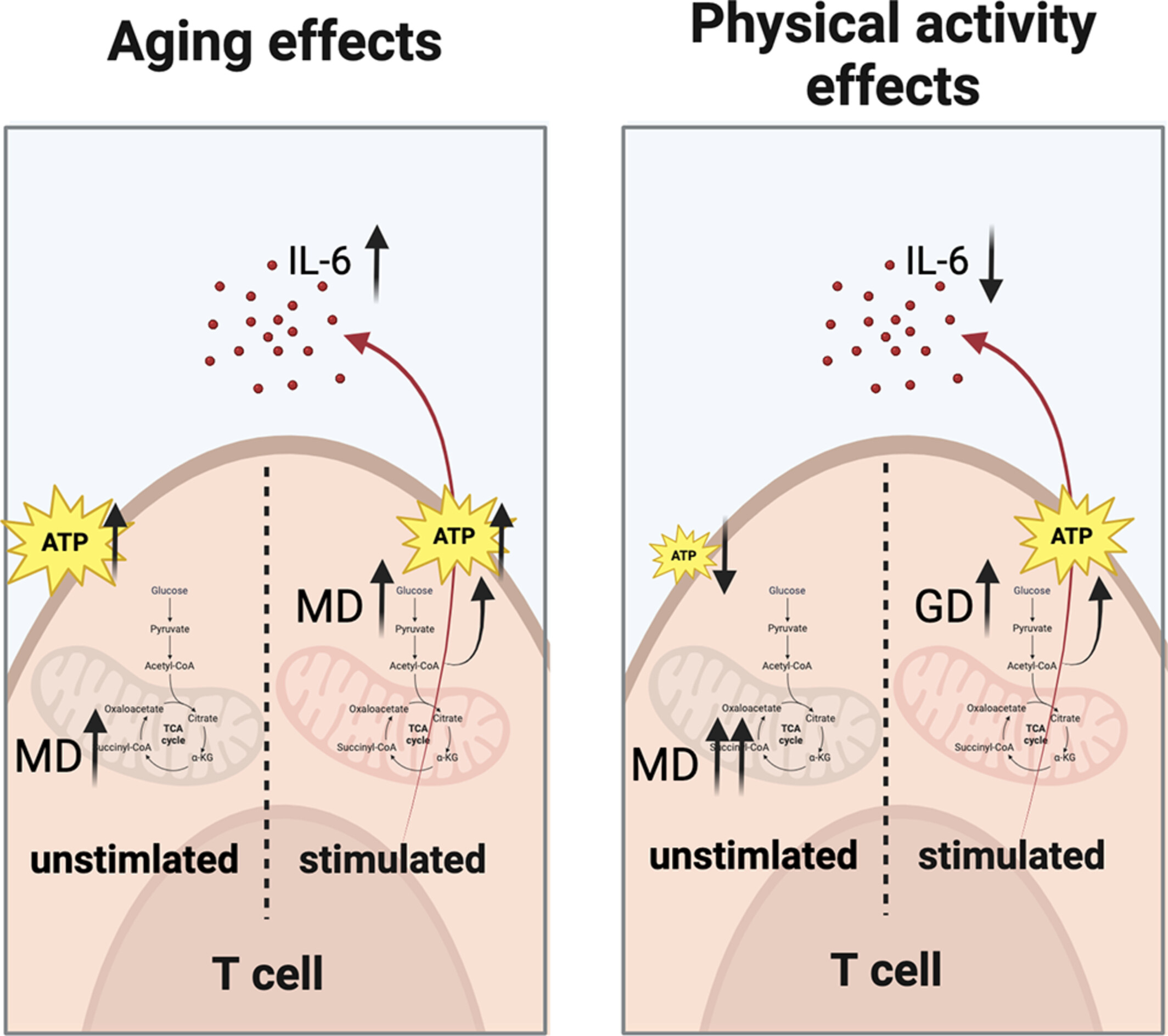
The figure combines the effects of aging and physical activity on different T-cell subsets. Overall, our data provide evidence of higher energy demand, impaired metabolic flexibility, and hyperinflammatory responses in aged T cells, and PA reduces metabolic demand in these cells, potentially through increased MD and improved metabolic flexibility.
Ythdf2 Ablation Protects Aged Retina From RGC Dendrite Shrinking and Visual Decline
- First Published: 15 May 2025
PERSPECTIVE
Biomarkers of Aging–NIA Joint Symposium 2024: New Insights Into Aging Biomarkers
- First Published: 17 June 2025
CORRECTION
Correction to “Disease Aggravation With Age in an Experimental Model of Multiple Sclerosis: Role of Immunosenescence”
- First Published: 03 June 2025




